|
It’s taken us a while, but we’ve finally calculated how much we spent on camping in the US and Canada during our first year on the road. We made 100 stops in the first 12 months and planned to spend an average of $25 a night. We ended up spending $28.60 a night, so we were pretty close! This included around a month of free camping in Bureau of Land Management (BLM) sites, casino parking lots, one truck stop and the back yards of friends and family. The Bureau of Land Management sites, where we had spectacular landscapes all to ourselves, were our favorite camping spots of all. We would have stayed in a lot more of these, had we not been on a one-year trip around the country that took in many expensive cities and other popular tourist areas. We also needed pretty constant phone reception for work. Although we stayed in some BLM sites with great phone reception, that doesn’t apply to all of them. If we had just aimed for the best free camping around the country, where it was neither too hot nor too cold to camp off the grid, the map of our route would have looked very different to the one below. We might have avoided the eastern US, for example. Although we have found excellent free camping at state-run water management areas in Florida, the majority of sites that allow free camping, including Bureau of Land Management and National Forest sites, are out west. At the other end of the scale, we stayed in two private campgrounds that cost over $60 a night. One of those was in the Florida Keys, where it’s nearly impossible to reserve a spot in a state park unless you book months ahead, and all the private campgrounds are expensive. The other one was near Shenandoah National Park in Virginia. That was the second stop of our trip when we were still complete newbies and didn’t realize that you needed to book ahead to snag a good campground near a national park. The third major outlier was the $150 we spent to stay in a hotel in Denver (with Sonny the cat) while our trailer was having some warrantee work done. In between the completely free sites and the pricey private sites, we’ve stayed in national parks, national forests, national seashores, Army Corp of Engineers campgrounds, state parks, regional parks and city parks for $8 per night and up. A big shout out goes to the city park in Torrington, Wyoming, which offers water and electric hook ups for $10 a night! State parks, which often include water and electric hook ups, are also excellent value for money, compared to private campgrounds in the same area, with some pretty gorgeous scenery thrown in. We've also found that some camping memberships pay for themselves very quickly if you're traveling full time. We received 10% off several campgrounds because of our Good Sam membership, which we got for free when we bought our trailer at Camping World, but the best deal by far was the $40 we spent on a Passport America annual membership, which gave us 50% off Passport America’s network of campgrounds, including one of our favorite spots of the year: Mount Desert Narrows Camping, near Acadia National Park in Maine. That alone saved us well over $1000 on campground costs in 12 months. Thanks to Passport America, we stayed in a lot of great campgrounds with full hook ups (water, sewer and electric) for around $15 a night. We’ve also relied on Campendium to find the best camping around the country, free or otherwise. The campground reviews on the Campendium website, which include details about the cell phone service available for different networks, have been invaluable. Now that we’re not traveling like crazy from A to B to C, we need to write some Campendium reviews to help other campers out. Clearly there have been lots of other costs associated with this trip, but considering some of the expensive cities and other tourist destinations we have visited, $28 a night on camping seems a pretty good deal. We'd love to hear what other people usually pay for camping, if anything at all! Below are some photos, in no particular order, of some of our most memorable camping spots from our first year on the road. AuthorKathryn
1 Comment
When we discovered that Grassy Key RV Park and Resort in the Florida Keys had reopened after Hurricane Irma, we were determined to come back. We spent a week here last December and fell in love with this campground and the entire Marathon area. While most buildings around here are still standing, and businesses are reopening all the time, many homes and businesses in the Middle and Lower Keys have been severely damaged. The campground we're staying in experienced no structural damage, but homes and business a few feet away on the other side of the Overseas Highway were not so lucky. Many people have lost their homes or businesses altogether, either because they were destroyed by the hurricane or because they had to be demolished subsequently. As you drive through the Marathon area along the Overseas Highway, you can see the occasional empty dirt lot, stretching from the highway to the sea, where homes surrounded by lush vegetation once stood. Mike from Florida Keys Mobile RV Service, who fitted a new gas regulator on our trailer, told us he'd been working flat out since the hurricane servicing the FEMA travel trailers that house some homeless residents in Big Pine Key, an area just south of us that was devastated by Irma. He has also been helping customers who are living in RVs in their own yards until their homes can be rebuilt. Some public places are also badly affected. The boardwalk at Sombrero Beach has been reduced to a pile of pink rubble and most of the beach is closed. Further south of us, Bahia Honda State Park lost much of its vegetation during the hurricane and its two campgrounds are still closed after suffering major damage. All of this is heartbreaking to see, but not completely unexpected. We’ve been surprised, though, by the huge mountains of debris from the hurricane that still line many parts of the Overseas Highway in the Middle and Lower Keys: building rubble, ruined furniture, uprooted vegetation, white goods and even a few boats, trailers and RVs. Our campground manager told us that although Florida’s Department of Transportation cleared the highway of hurricane debris after the storm, they stopped at the end of October. Monroe County’s contractors are busy cleaning the county roads, so new mountains of debris have been growing along the Overseas Highway as residents start to repair their homes and businesses. We saw that some of this debris has blown onto the beaches and into the mangroves. Hopefully this will change soon. It’s now illegal to dump more hurricane debris along the Overseas Highway, and according to Monroe County Emergency Management’s Keys Recovery website, the Florida Department of Transportation has finally agreed to send between 25 and 50 trucks to do a final clean up of the highway. They plan to clear it all by mid January. Meanwhile, Monroe County says its contractors are removing 12,000 cubic yards of debris a day from county roads. We also saw that local residents are taking matters into their own hands and participating in community efforts to clear up the mess. When the canals of the Lower and Middle Keys will also be cleared of debris is unclear. According to Monroe County, federal and state agencies have already pulled over 1500 wrecked boats out of Florida Keys waterways. We saw some of those at Sombrero Country Club in Marathon, part of which has been turned into a makeshift boat graveyard. But locals who live in Sombrero Beach told us that some of the canals in their area still contained submerged boats, cars and even RVs, as well as a large amount of other trash. For now, a natural disaster that has hurt local residents so badly is also a terrible environmental hazard, but all the residents we've talked to here embody the Keys Strong slogan that has emerged in the wake of the storm. They're determined to restore this beautiful community, and we're sure they will. AuthorKathryn We promised that we'd share our route and some of the highlights from our year-long road trip, so at long last, here is the map with every stop we made in the US and Canada after we drove out of Shane's parents' drive way last October. If you've been following us on social media, you'll know that we're still on the road (currently in Florida), which is one reason for the delay in putting this post together. But it's also taken us a while to figure out what the stand-out moments of this trip have been so far. Whenever friends and family have asked us to name our favorite place that we've visited in the last year, for example, we've been pretty lost for words. Where to begin? In 12 months, we made 100 stops, staying in private campgrounds, national parks, national forests, national seashores, Army Corp of Engineers campgrounds, Bureau of Land Management sites, state parks, city parks, one truck stop, several casino parking lots and one friend's back yard. We set out on this trip to see the great American outdoors. Although we certainly didn't visit every US state or every national park – our route was mostly determined by our desire to be hot places in the winter and cool places in the summer – we still visited 31 national parks, around 20 national monuments, 32 states, three Canadian provinces, two Canadian national parks and drove 30,000 miles in The Beast. Some of those miles traveling between destinations have taken us through the most spectacular scenery imaginable. We've also traveled by kayak, canoe, tractor, sea ship, lake ship, ferry, air boat, light rail, trolley car, subway, bicycle and hiked hundreds of miles. We've explored many cities that we've always wanted to visit, plus many towns and villages that we never would have discovered, had they not fallen on our route from A to B. We've met so many fascinating people on the road and heard their stories. There have also been a few personal milestones: Shane first's horse ride and first time in a cave; Kathryn learning to drive a 7,000 lb pick up truck, her first ever vehicle since passing her test. Of course, there have been a few headaches too. Alongside the euphoric moments, hilarious incidents and wonderful surprises have been disappointments, stresses, a lot of work and a decent helping of drama, such as our high-speed drive to an emergency room in rural Utah, where Shane discovered he had kidney stones. Sifting through all of this has also prompted us to think about what we've learned and how we've changed since we left our lives in New York behind, put all our belongings in storage, bought a truck and trailer and headed into the unknown with a cat. That will have to be the subject of another post. In the meantime, we figured that the only way we could cram all of our stand-out experiences into one post was to both write a list and then combine them. So here they are, the good and some bad, a sort of road trip flow of consciousness from A to Z: Alligators, armadillos, ant infestations, Art Basel, Apache Trail, Apalachicola, alpine forests, Angel Oak, Angel’s Landing, Antelope Canyon, Algonquin Provincial Park, Austin. Badgers, beavers, bears, bison herds, beignets, Badlands National Park, Big Bend National Park, Blue Ridge Parkway, Black Canyon of the Gunnison, Big Sky Country, Boulder, boondocking. Chiricahua National Monument, the Chihuahuan Desert, Carlsbad Caverns, Cape Meares, Cape Canaveral, Crazy Horse, Crater Lake, Cliff Palace, the Cascade Mountains, Clingman’s Dome, Coeur D’Alene, Coulee Dam, Colorado Desert, Columbia River Gorge, Canyonlands National Park, condors, coral reefs, campfire chats, charbroiled oysters. Devil’s Playground, Death Valley National Park, Denver, dinosaur fossils, Dinosaur National Monument, Dante’s View, Driftwood Beach, Deadwood. Eagles, elephant seals, elk, Everglades National Park, El Capitan. Flat tires, fire ant bites, freight trains, flower-filled meadows, Frenchmen Street, Fox Theatre. Giant salamanders, Glass Beach, Gettysburg, Galveston, General Sherman Tree, Golden Gate Bridge, Griffith Observatory, Grand Canyon, Glacier National Park, Grand Teton National Park, Grand Prismatic Spring, glass-bottomed boats. Humpback whales, horseback riding, huckleberries, Hollywood, Houston, Hoh Rain Forest, Hurricane Ridge, Houston Mission Control, Half Dome, Horseshoe Bend, hoodoos. Ibis, ice cream, Island in the Sky. Javelinas, Joshua trees, Jekyll Island, Jackson Hole, Jackson Lake, jazz in New Orleans. Key limes, Key West, Knoxville’s World’s Fair Park, kidney stones. La La Land, LACMA, lobster rolls, loblolly pines, live oaks, lupines, Leopard frogs, Lady Bird Johnson Grove, Lake Superior, Lamar Valley. Moose, manatees, marmots, Mount Hood, Mount Hood National Forest, Mojave, Mississippi River, Muir Woods, Multnomah Falls, Marfa, Mendocino coast, Martin Luther King Historic Site, mangrove swamps, The Milky Way. Natchez, Nevada Falls, The Needles, The Narrows, Nevajo Loop Trail, New Orleans. Otters, owls, observatories, Oak Ridge, Old Faithful, Owens Lake, OK Corral, Olympic National Park. Prairie dogs, petroglyphs, poppies, Pinnacles National Park, Point Reyes National Seashore, Palm Springs, Portland, Panther Junction, pow wows, Pacific Coast Highway, Pebble Beach, popovers. Quebec City. Redwoods, roadrunners, Rockies, Rio Grande, Rogue River, Mount Rainer, Mount Rushmore, Roanoke Star, Rialto Beach. Sea turtles, sea lions, sawgrass, Spanish moss, Saguaro cacti, sequoias, Sequoia National Park, Sequoia National Forest, Sierra Nevada Mountains, Space Needle, Sturgess, Steinbeck Center, Skyline Drive, Savannah, Spokane, Smoky Mountains, Scotts Bluff, Surf City, Santa Cruz Pier, Smith Rock State Park, St Joseph’s Peninsula, Salton Sea, solar eclipse, sunsets, stargazing, supermoon. Tumbleweeds, Two Lights State Park, Tombstone, Tybee Island, Thunder Hole, Tunnel View. Upper Peninsula. Vernal Falls, Vermillion Cliffs. White Sands National Monument, Whitefish, Wind Cave National Park, Women’s March, woodpeckers, whiting, waterfalls. Yellowstone National Park, Yosemite National Park. Zabriskie Point, Zion National Park. We didn't say it was going to be a short list! For photos of some of the places mentioned above (but not all of them, we promise) check out the slideshow below. Last but not least, a travel year is a significant portion of one’s life. It was a long time to be away from home, friends and family, so we'd like to say a big thank you to everyone who visited us on the road; to the old friends, scattered around the country, who we had the rare opportunity to see; and to everyone else for following our travels on social media, keeping in touch and keeping us sane while we were living in various fields for a year. Finally, to the friends that we've met in person or online as a result of our travels, it's also been wonderful to share our adventures with you. Stay tuned for more! AuthorKathryn and Shane Before we embarked on this road trip, we spent at least a year figuring out what sort of RV we should buy. Like most people living in apartments in New York City, we didn't have a car or a truck or in fact any mode of transport other than the subway, so we were starting from scratch. We spent a big chunk of each weekend scanning listings on RV sales websites, pouring over floor plans, comparing different models and eventually visiting dealers to check out some of the options in person. Other than buying something big enough to live and work in with a boisterous cat for a year, our biggest consideration was cost, particularly because we have to sell everything at the end of this trip. The relatively new Class A and Class C motor homes that we looked at were too expensive and we would have had to also tow another vehicle behind us if we were going to venture off road – or even into cities. We didn't want to buy a motor home or any other vehicle more than five years old, because we were going to be covering at least 30,000 miles on this trip, and worried about spending a lot of time and money in repair shops. So we decided that we would buy either a second hand travel trailer or a fifth wheel and a second hand four-wheel-drive pickup truck to pull it with. We ended up buying a brand new Keystone Bullet trailer on sale, because it was the cheapest and lightest model, either new or used, with the floor plan and other features we wanted within 400 miles of New York. For a tour of our trailer, click here. We ended up buying The Beast (our trusty Ford F250 Super Duty) because it was the only relatively new pickup truck that had the towing capacity we wanted that we could afford in our area. (Anyone who has ever parked in New York City, or even driven down a street, will understand why massive pickup trucks and 29-foot trailers are hard to come by there.) Anyway, after spending so long trying to figure out what we should buy ourselves, we've become fascinated by all the different types of campers we've encountered on the road. We expected to see some really massive RVs, and we have, but we've also seen a huge range of smaller homes on wheels that you could camp in pretty much anywhere. What follows is a nerd-tastic slideshow of some of them, starting with the tiniest: AuthorKathryn I’ve always adored libraries. In first grade, our teacher brought us to the school library and the librarian explained how everything worked. Her focus was the dewey decimal system and card catalog, but what struck me like thunder was the idea that just for being a student, you got a card to take out any of the books in this big room, for FREE. I can still scarcely believe it. Soon after, Mom took me to our local public library in Flemington, New Jersey, and I was given a card to borrow anything I wanted for free just for being a citizen. The place was huge and my tummy fluttered. How was I going to read all of these free books? Way too many for me to finish in time, before the new ones came out. I still feel exactly that same anxiety every time I walk into a bookstore or library. When I moved to NYC, I was told by the staff member who gave me my card that I was only the second Sesta in their database, going back many years, and unsurprisingly the first Shane Sesta. The New York Public Library is, to me, a cathedral. As we’ve traveled around the country, reliable WIFI has often been difficult to find. We are constrained to our campsite while working or writing, and it can feel constricting, especially on rainy days. So I’ve made stops in public libraries along the way. Most have not been the heavy municipal structures I am used to. I don’t know when the architectural trend started, but modern libraries are bright, open buildings, seemingly designed to maximize light and lift ceilings free of the tall stacks. A few observations about contemporary public libraries, from the road: Beauty I’ve already mentioned the architecture. The landscaping and artwork at many libraries are worth a look as well. Some have such great sculpture and hanging works, it's like a free visit to a museum or gallery. Books on shelves are a beautiful and inspiring setting themselves. WIFI The WIFI at every library I have visited has been free and FAST. Extremely helpful for uploading road trip videos and hi res photos. Printing There are computers at every library, free for public use, so if you didn’t have one, or yours died while on the road, I guess there’s that. Also, there are printers, so if you are traveling without one, you can email yourself files and print them at the library, usually at a small fee per page. Periodicals If you are like me, one of the awesome things about Barnes & Noble, or any very large bookstore, that is seldom matched by small indie shops is the periodicals rack. The huge stands of shiny, beautiful magazine covers, titles you never imagined existed, expensive niche books, themselves works of fine craftsmanship, and a world of literary magazines make me wish I could just stay there all day drinking coffee and look through everything. Well, the library has magazine racks, with less titles (depending on the branch), but still more than you could read in a month. Here in Moab’s Grand County Library, I’m sitting near the row containing Western Horseman, Wired and the alluring Writer’s Digest. Media Audio books are great for road trips. Also for exercising, commuting to work, waiting in line, airport delays, riding subways and ferries, going on a blimp. Basically whenever you don’t have hands free for a book or keyboard or motion sickness prevents you from reading. The library has many of these. If you do not have a library card for the library in question, you can’t check anything out, but you can take them over to the table where you are working. Ripping the CDs onto your computer for later listening is illegal and authors are poor enough already, so the suggestion that this is possible is not an endorsement. Lots of DVDs have also been available at every library I’ve seen. I will not make a statement endorsing ripping those onto your computer for later viewing either. Air conditioning and heat Yes and yes. Rest rooms Four stars and up. Clean and safe. Librarians Without exception, I've always found the staff to be smart, helpful and friendly. I've never heard of a library with bad ratings for service – are there any? Food/wine Don’t even think about it! AuthorShane Here are some of the mushrooms we spotted recently while out hiking in Door County, Wisconsin, and in the Yoop (Michigan's Upper Peninsula). We weren't sure what was pictured in the last photo, but it turns out that it's a ghost plant.
After driving for an hour along Highway 85 and seeing nothing but fields stretching to the horizon and one or two isolated farms, we arrived one Friday evening in early August in Torrington, Goshen County, Wyoming, home to 6,500 people. |
AuthorsKathryn Tully and Shane Sesta are a married couple, one American and one Brit, who are spending a year traveling across America and writing about their discoveries. Sonny is their rescue cat and fried chicken aficionado. Archives
February 2018
|
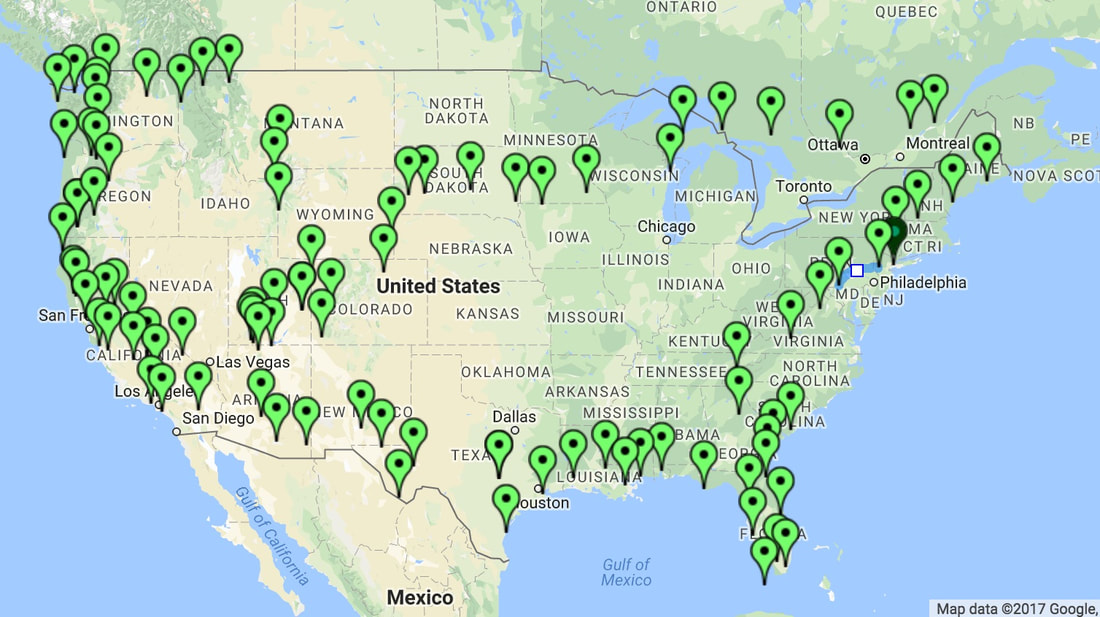
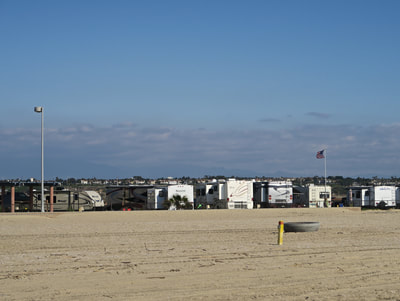
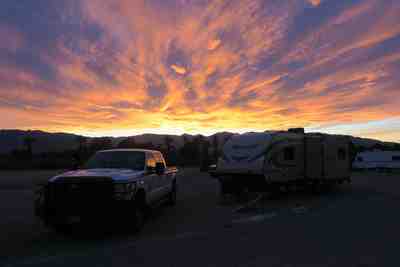
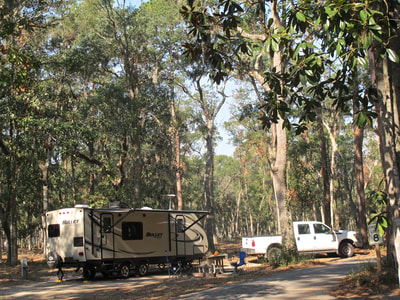
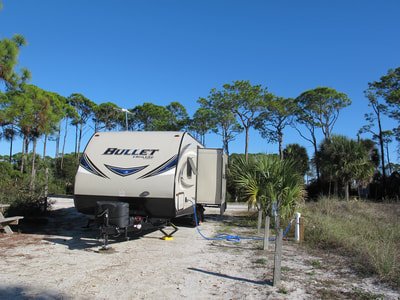
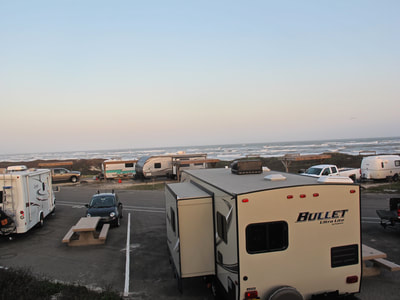
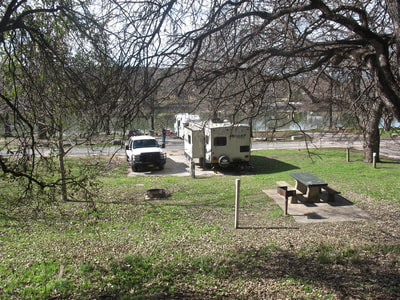
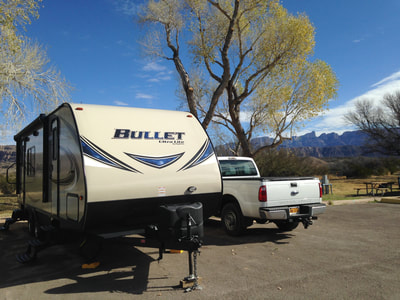
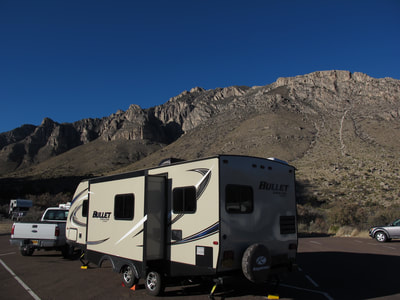
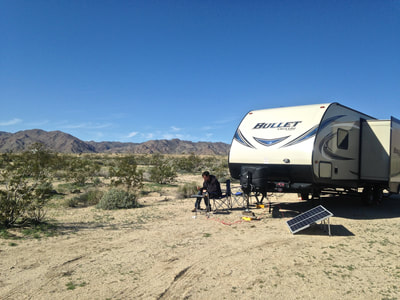
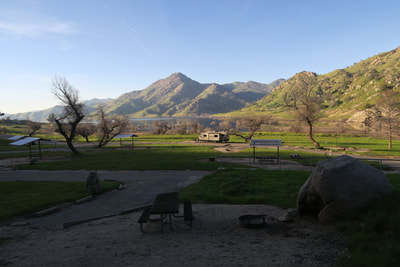
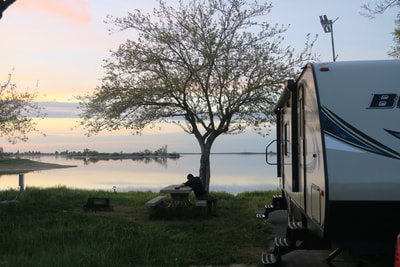
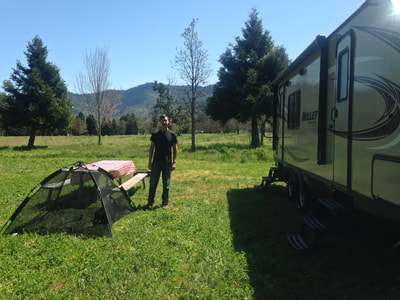
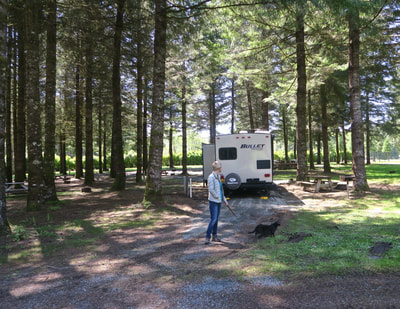
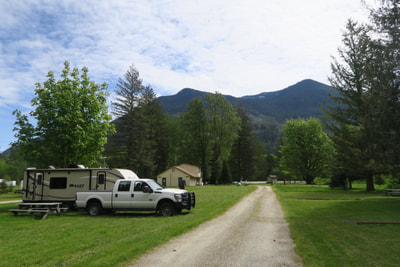
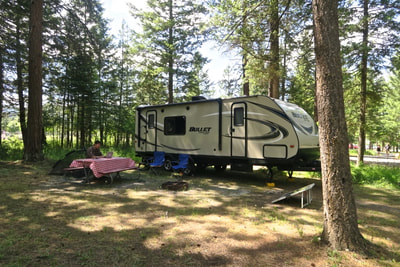
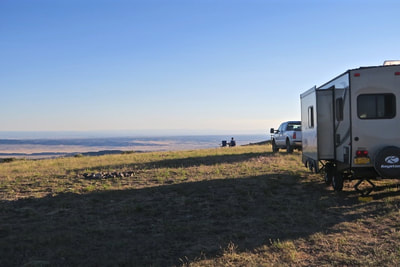
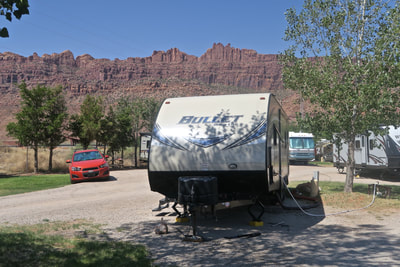
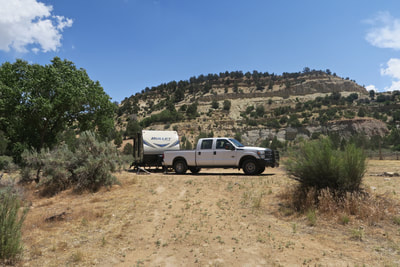
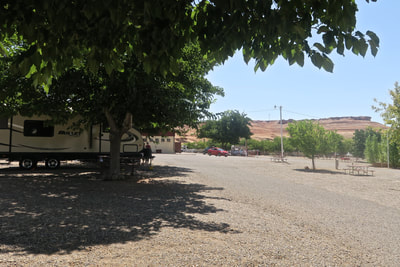
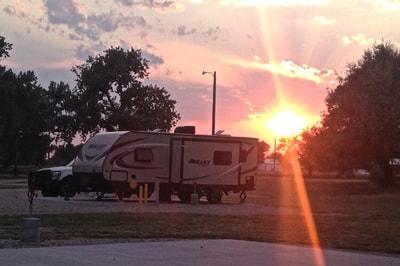
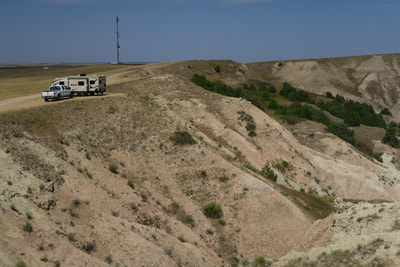
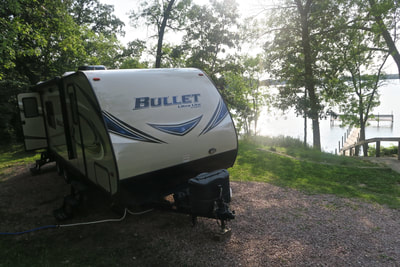
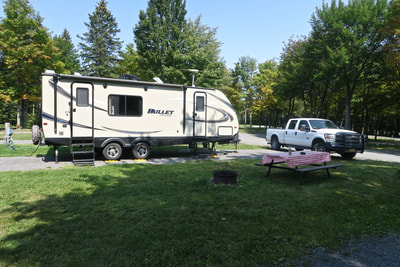
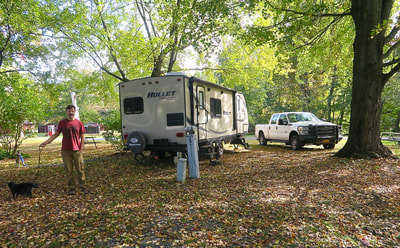
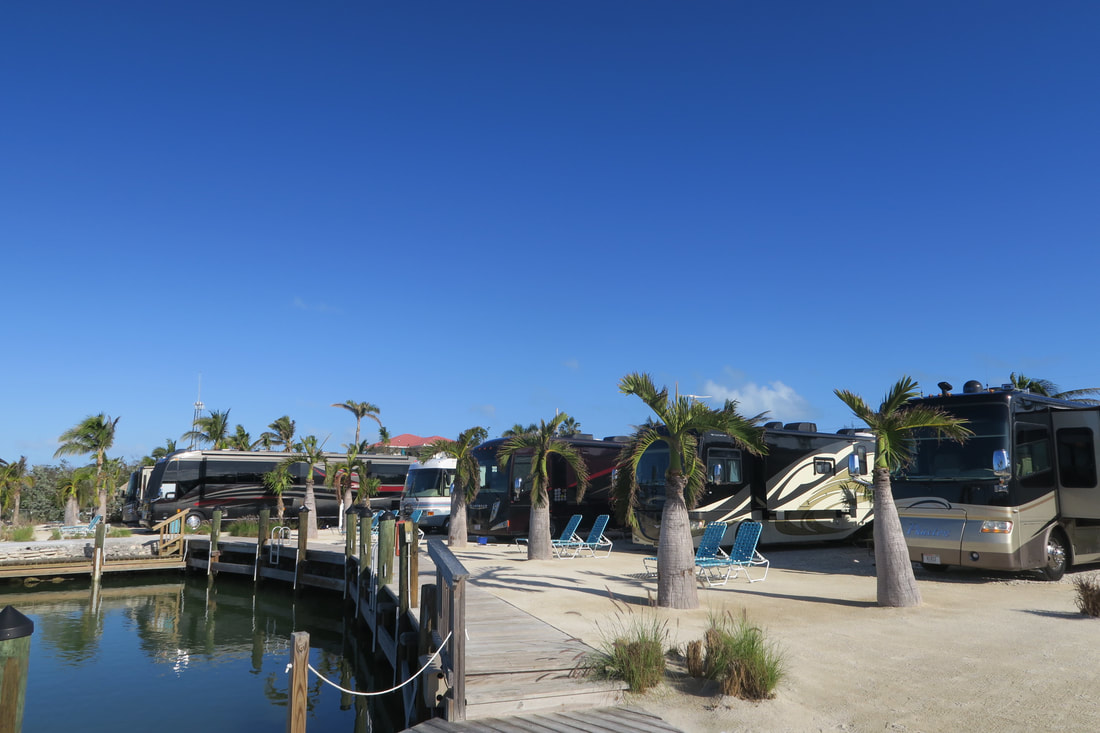
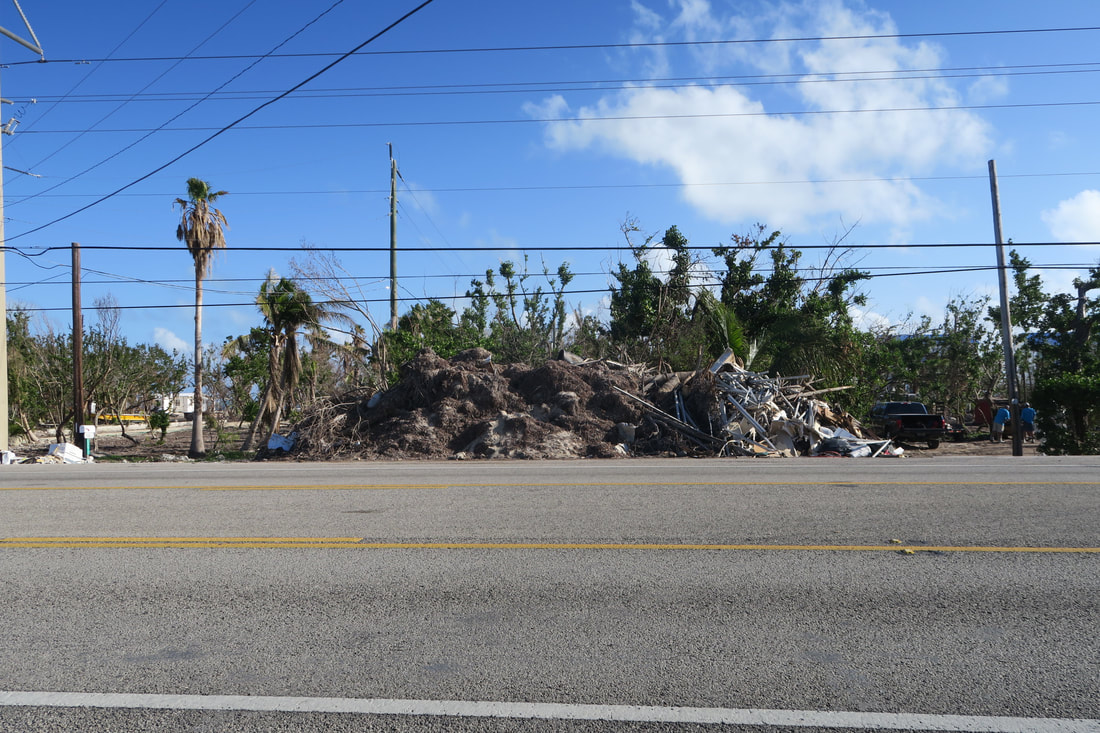
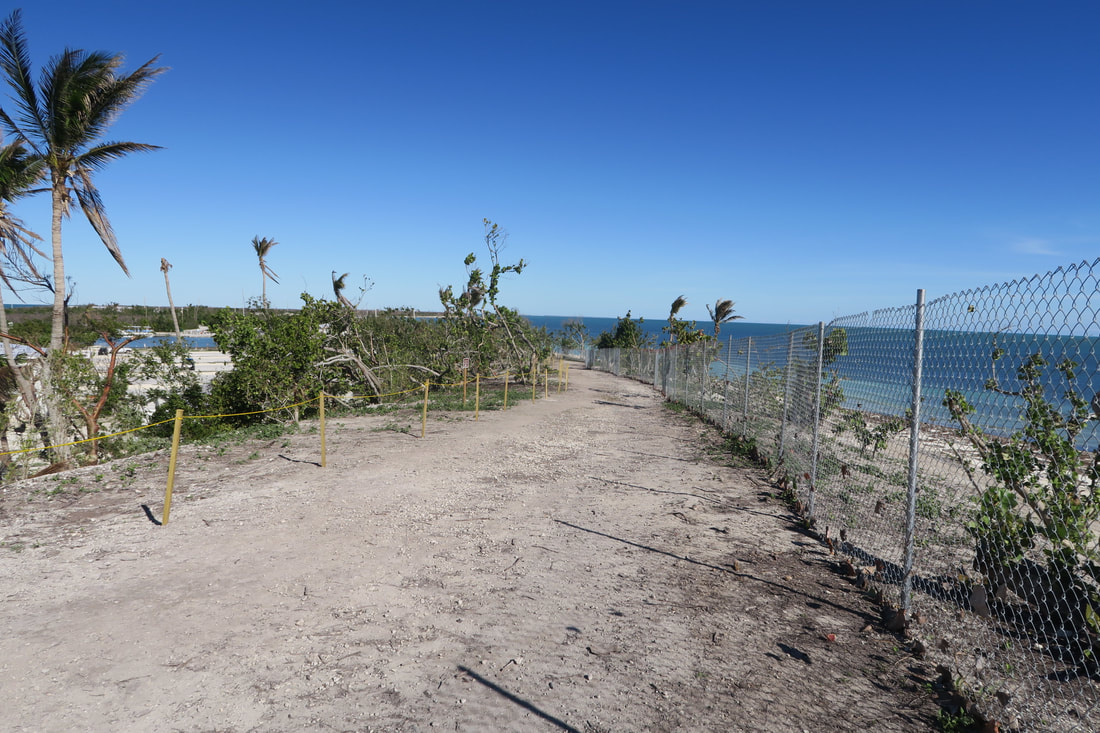
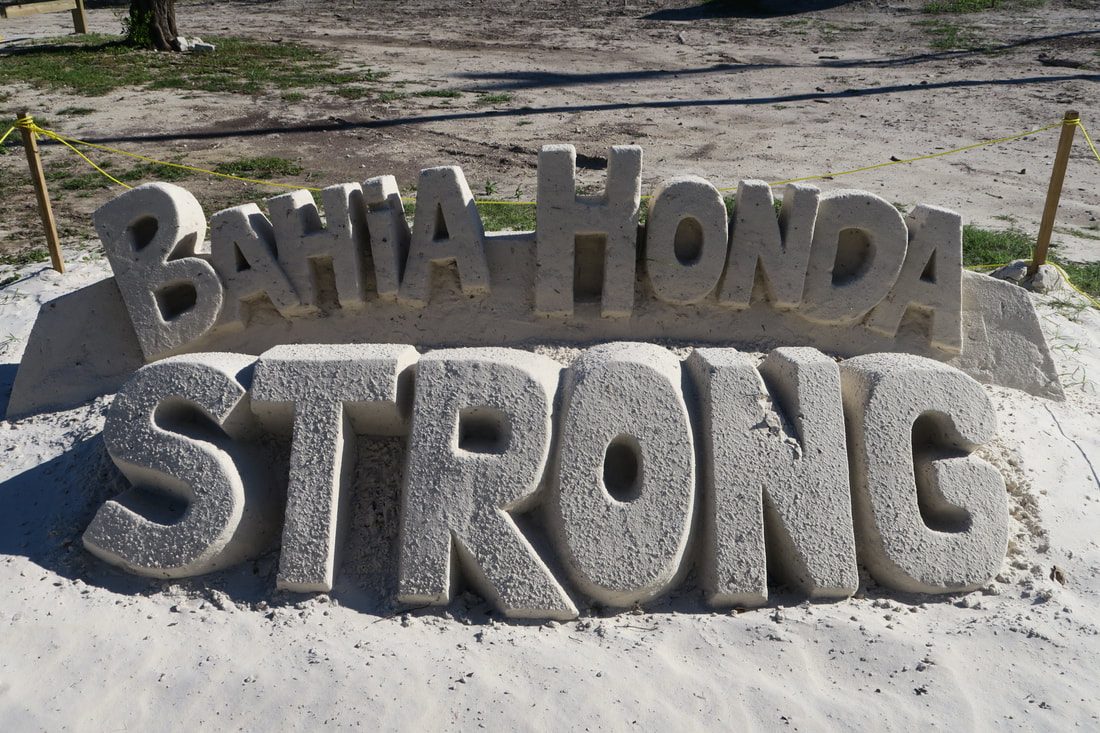
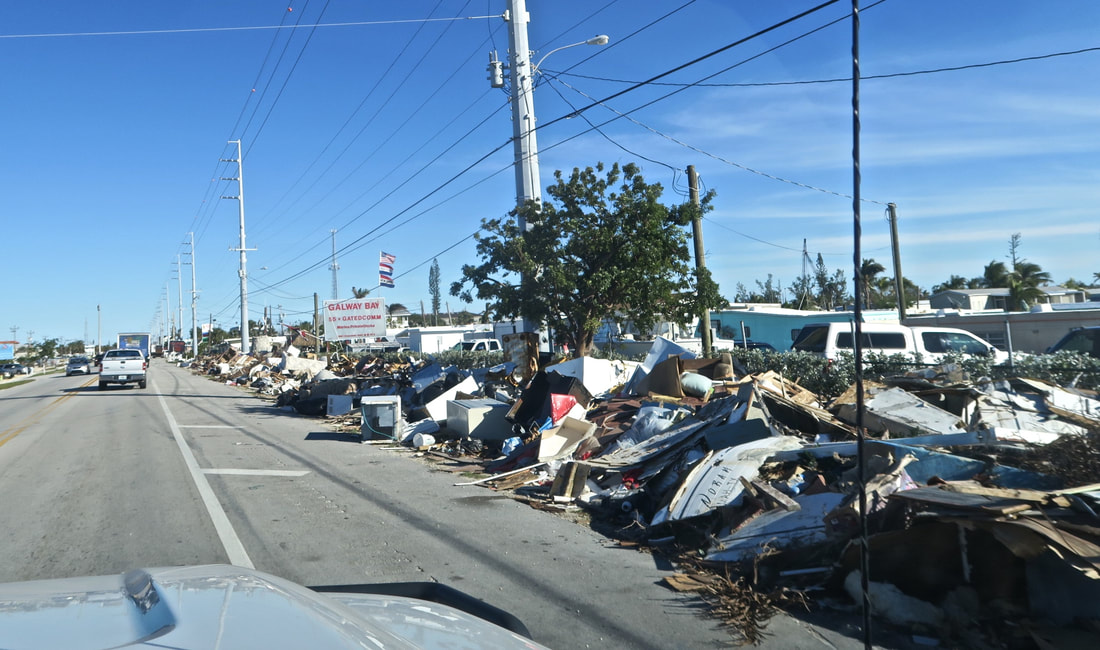
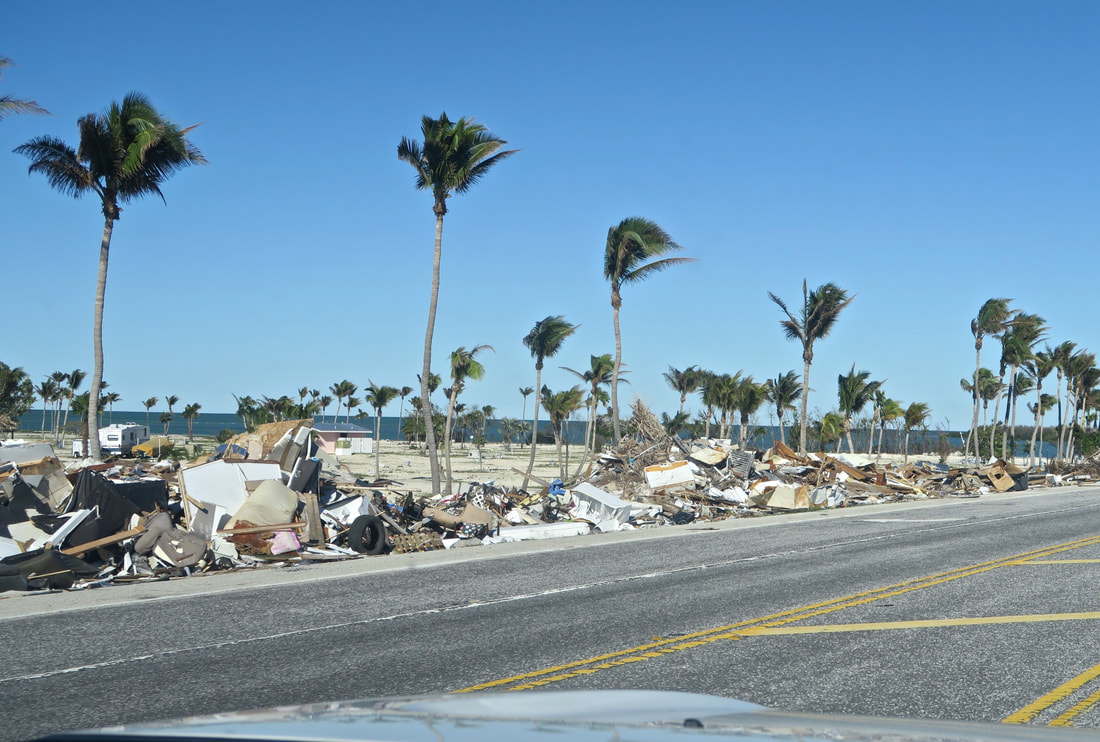
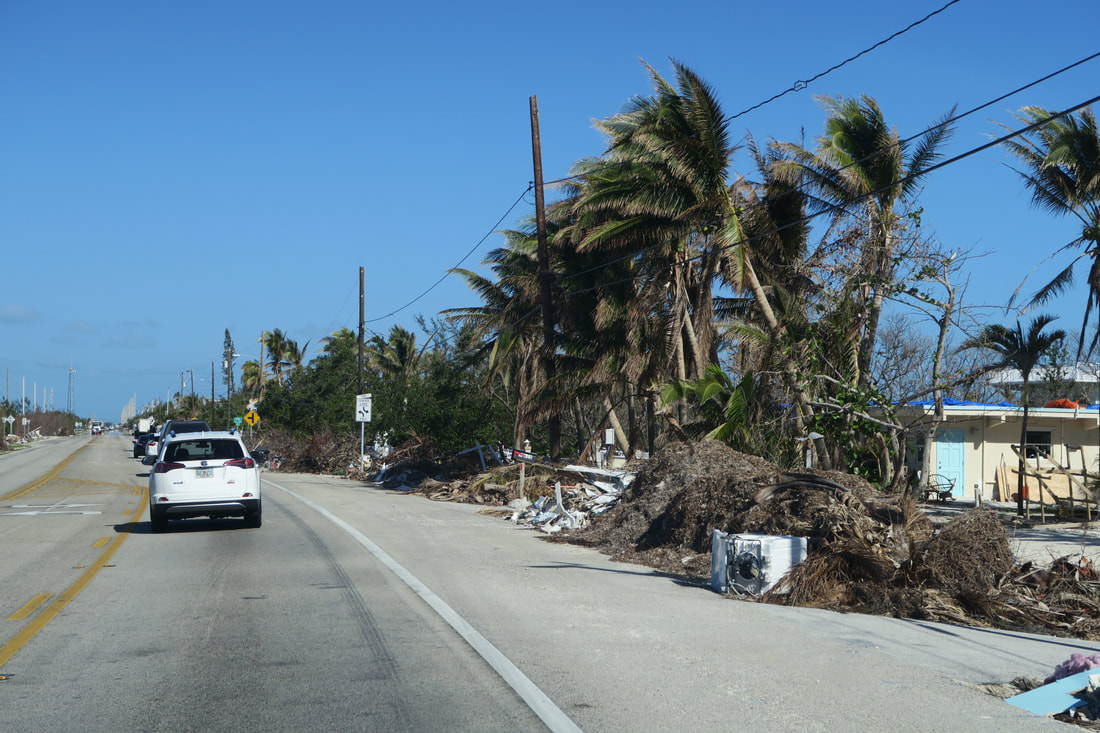
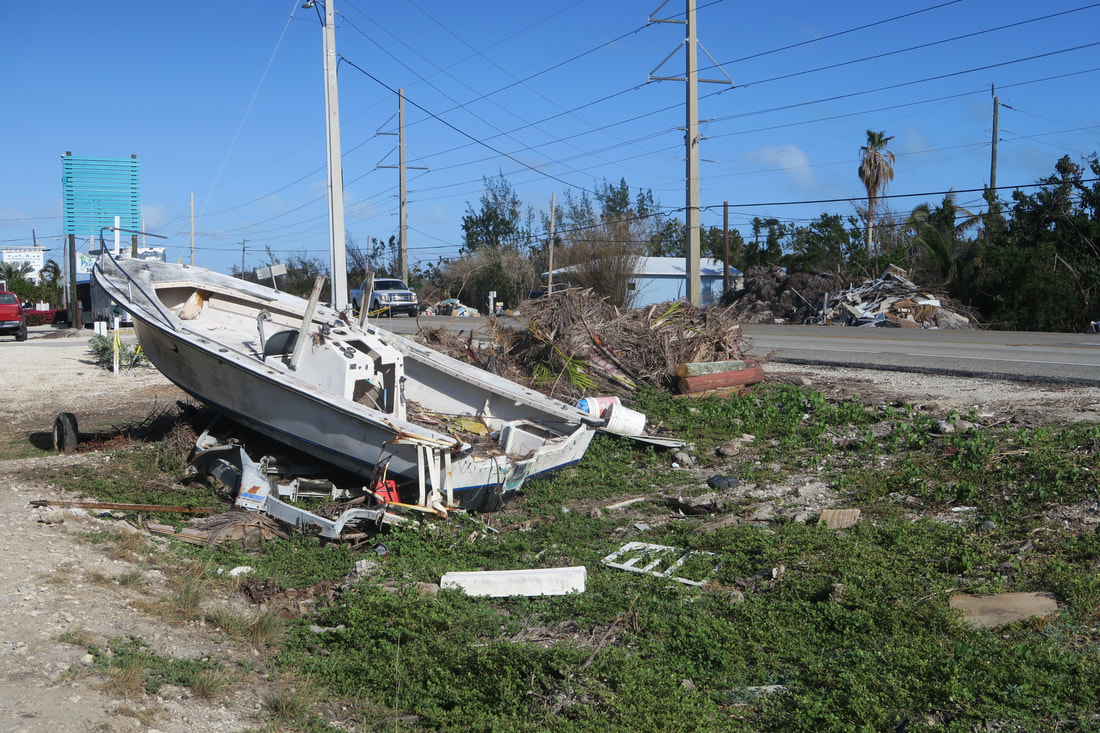
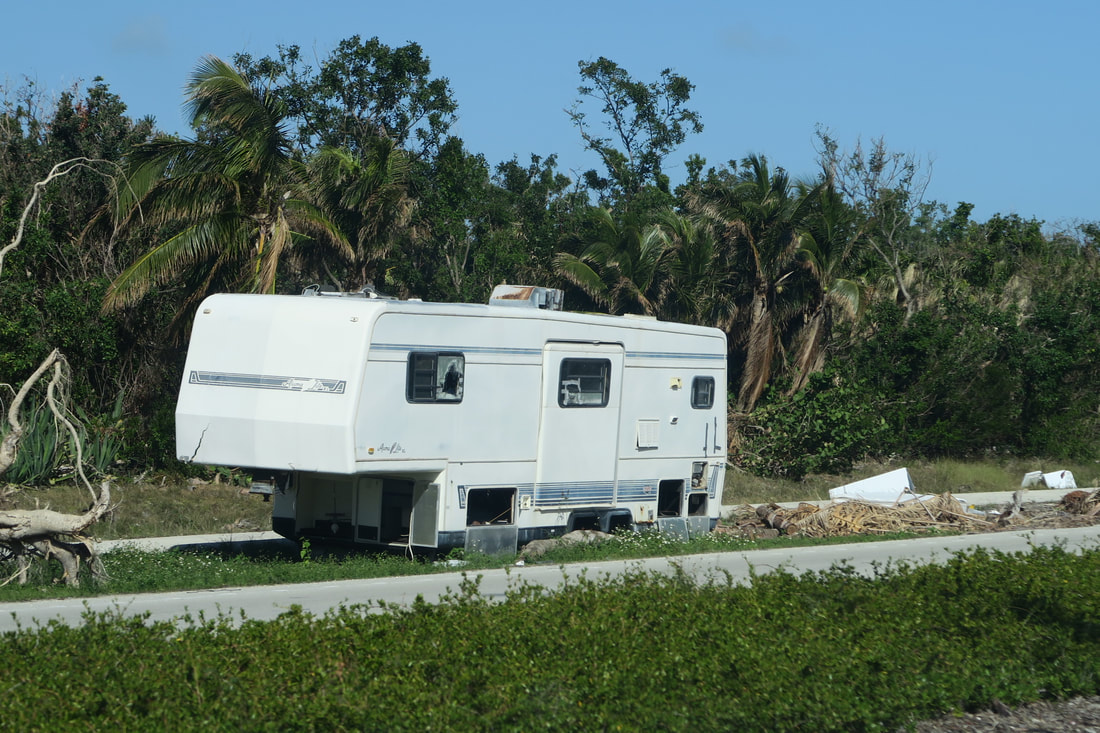
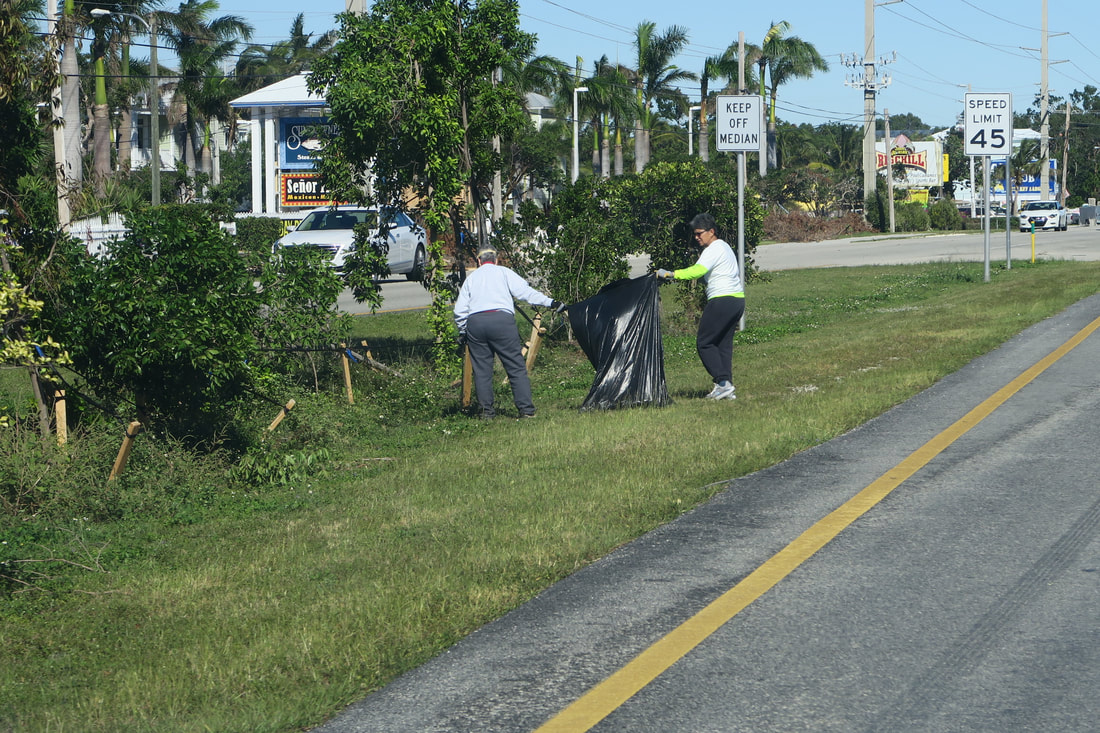
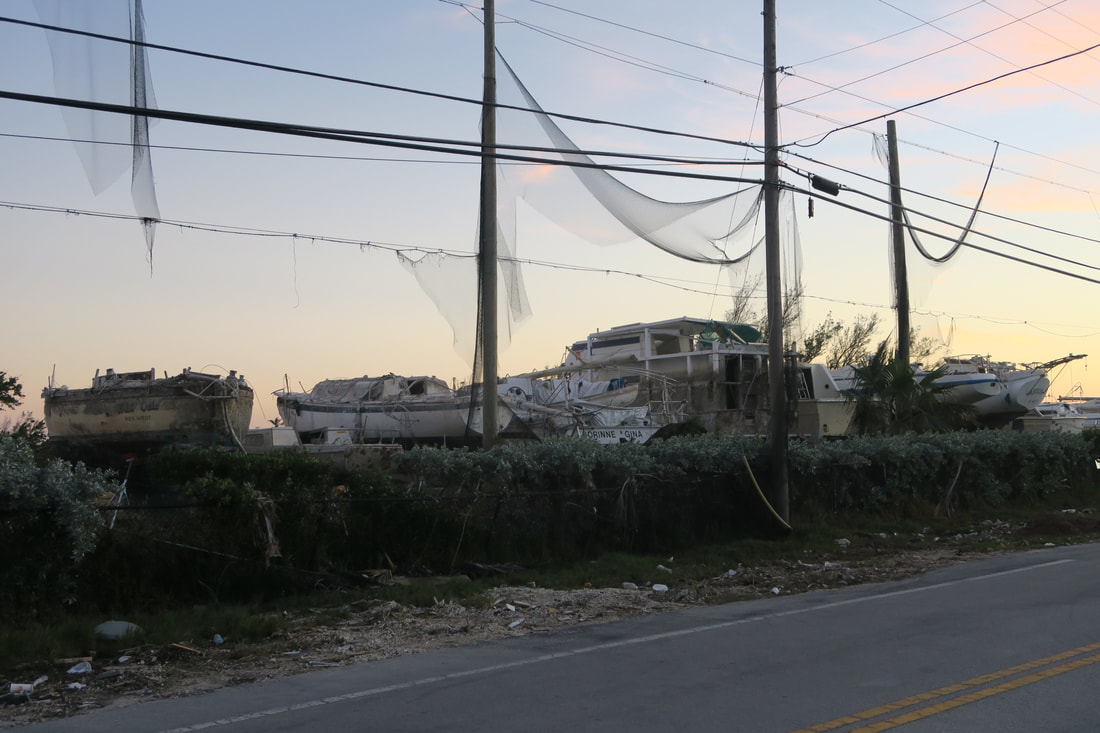
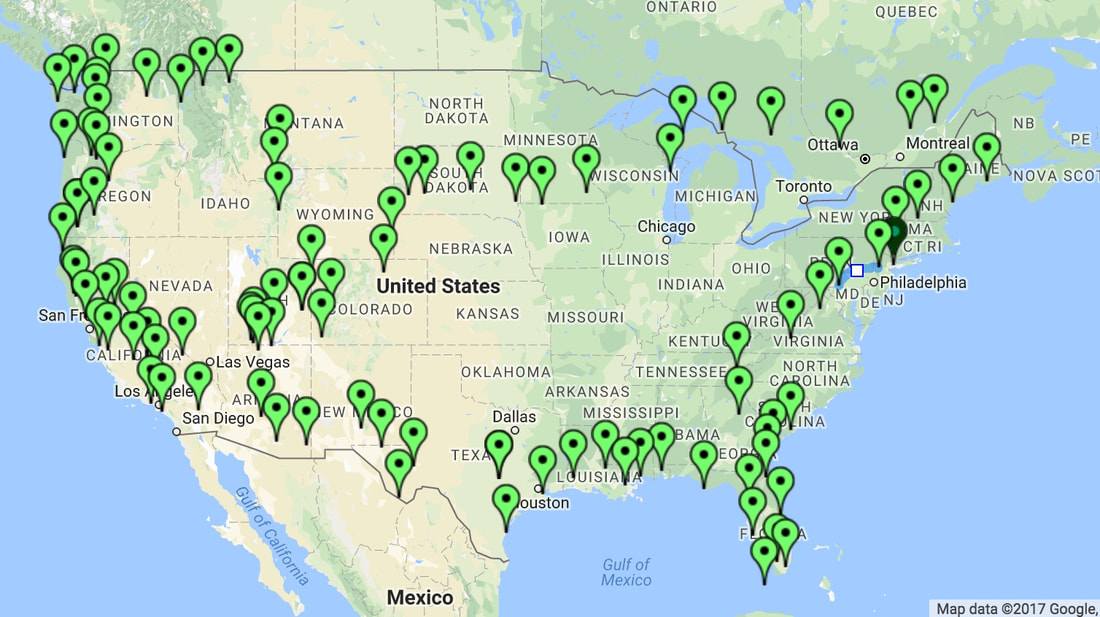
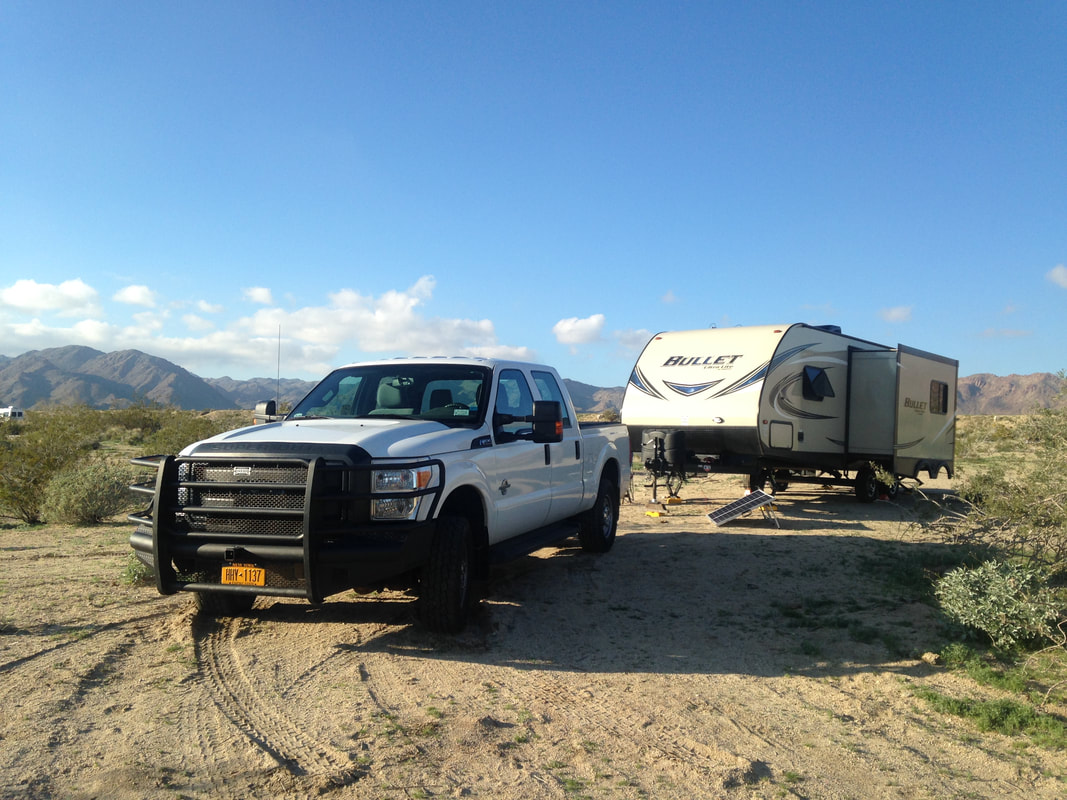
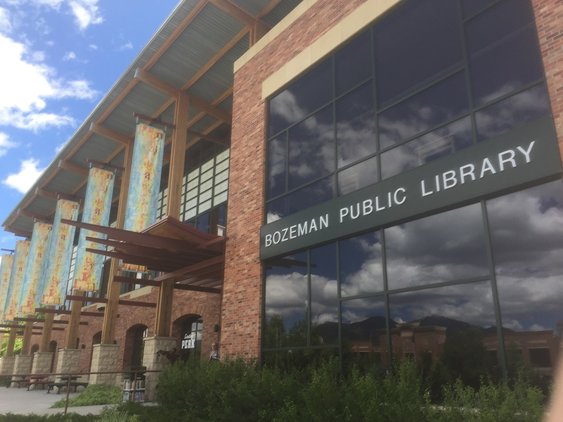
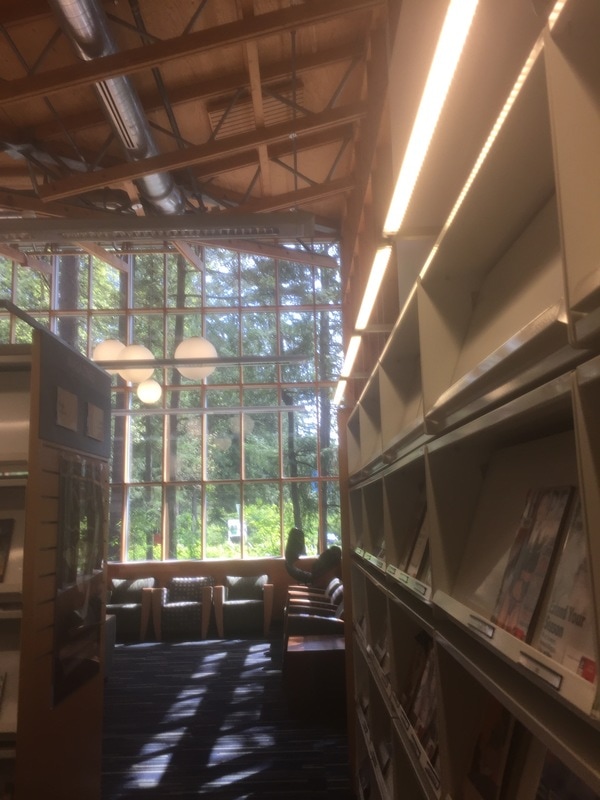
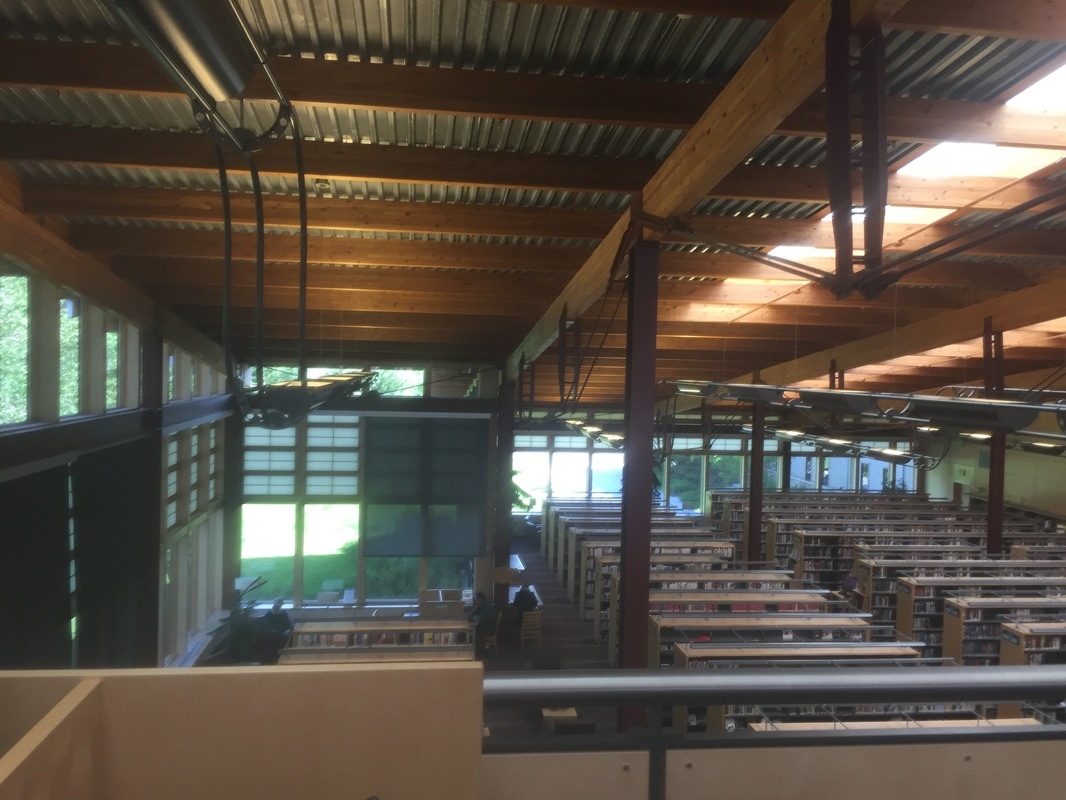
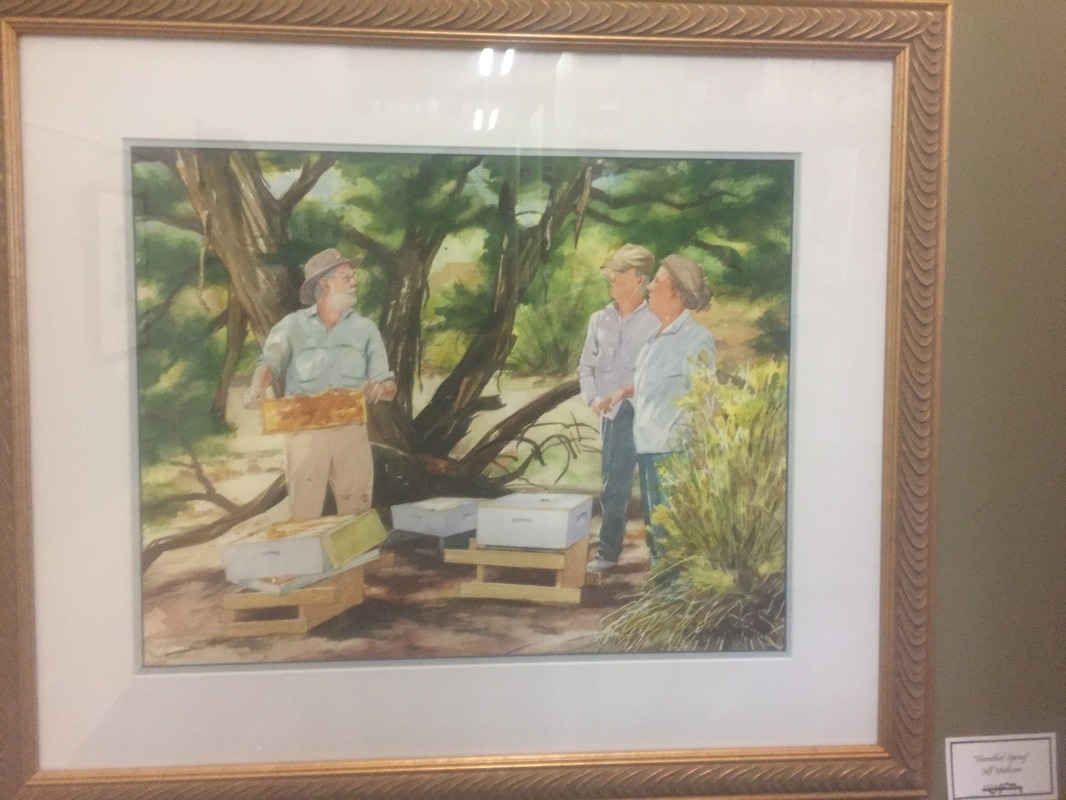
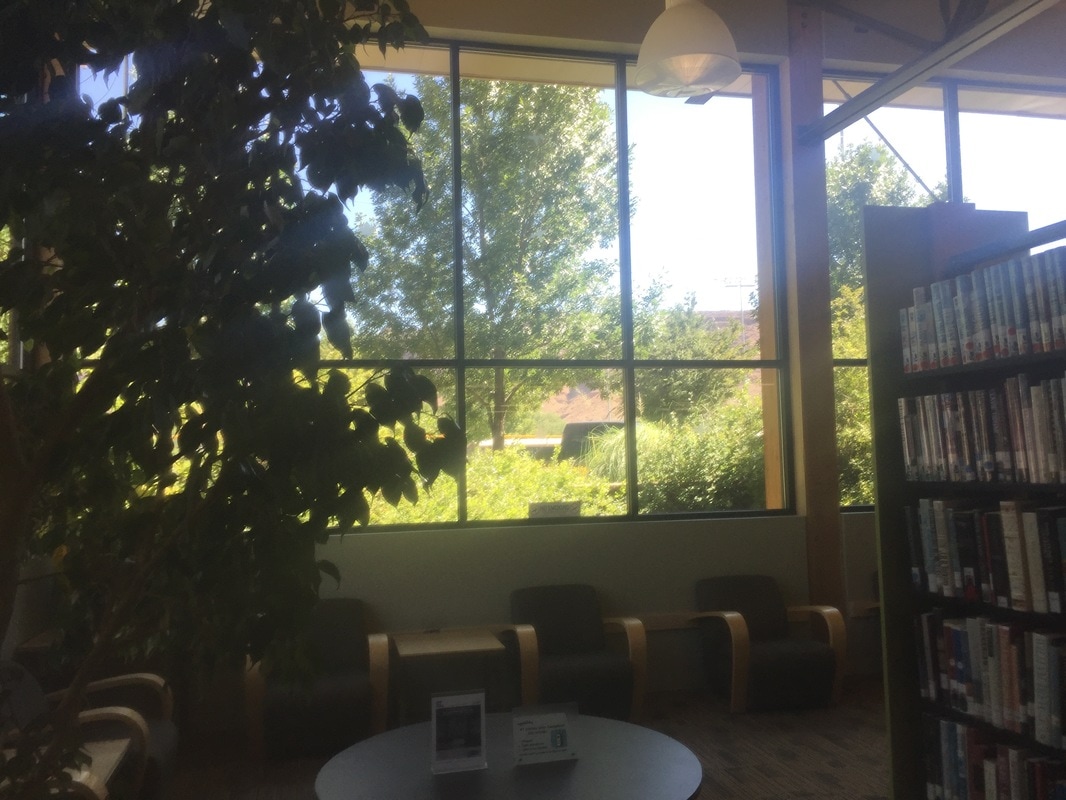
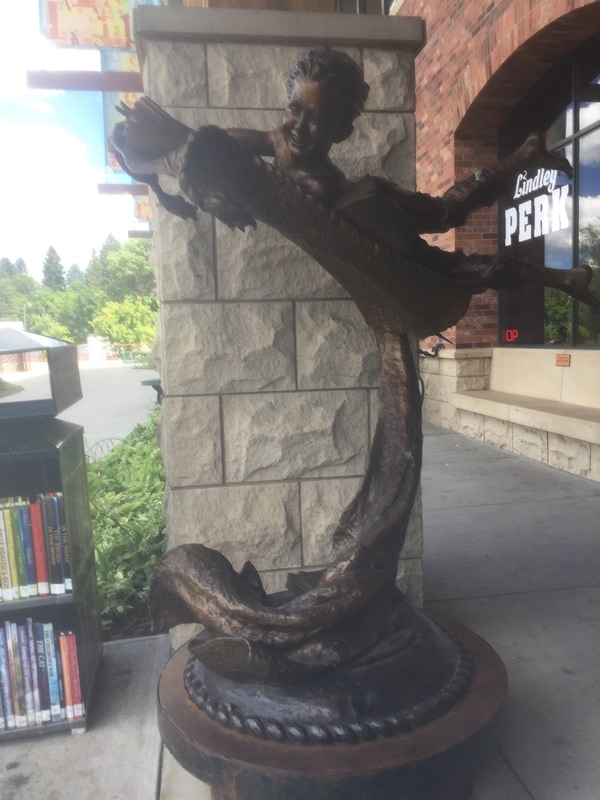
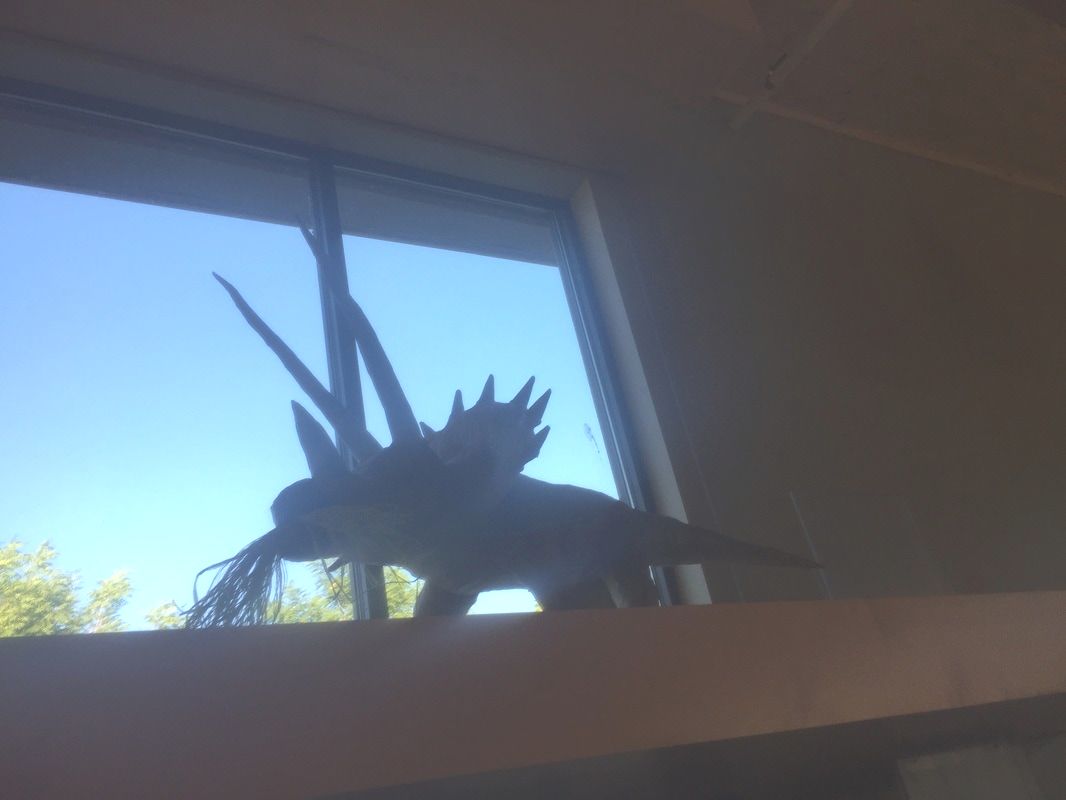

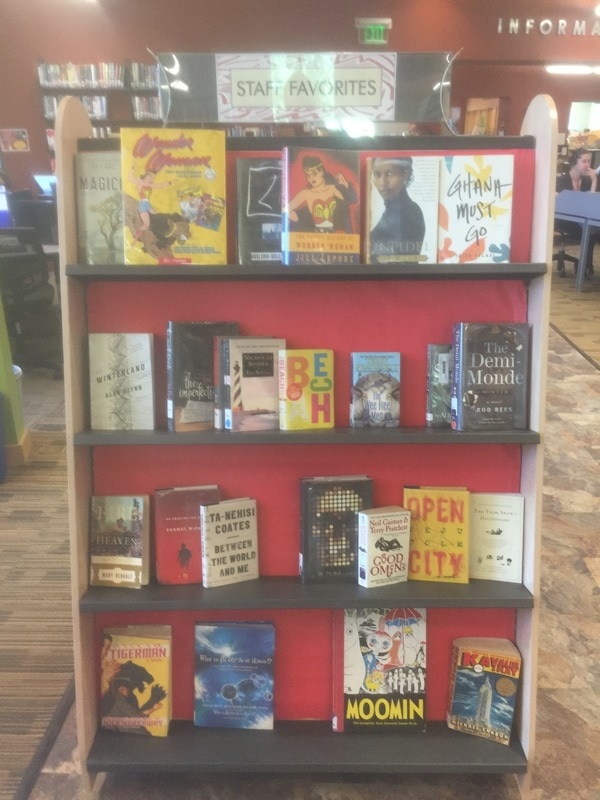
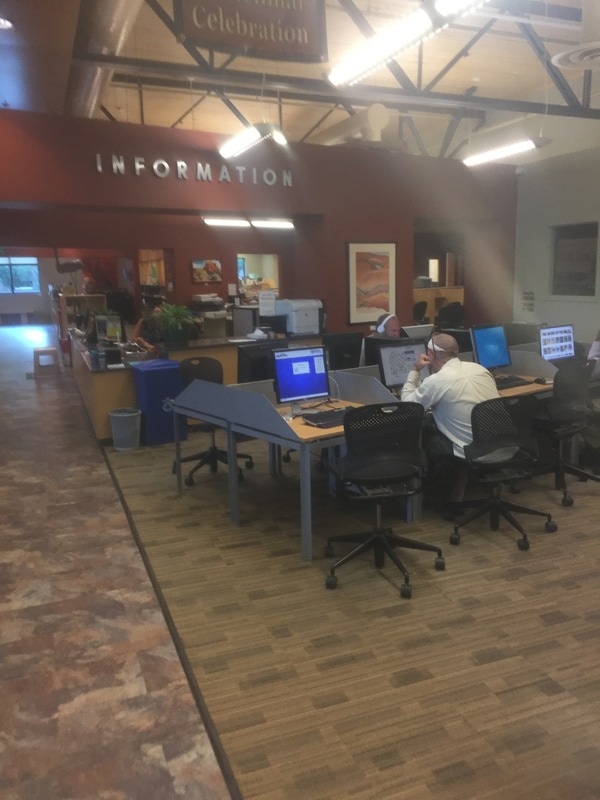
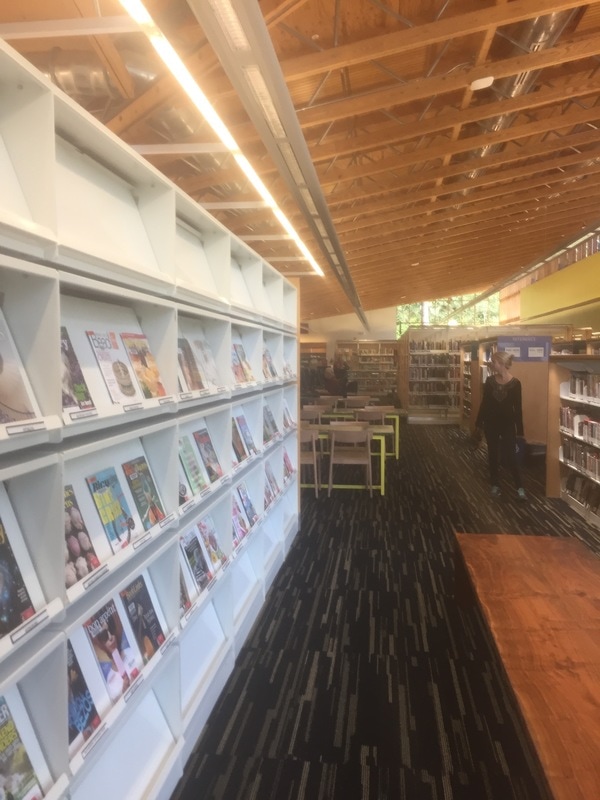
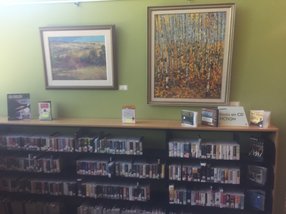
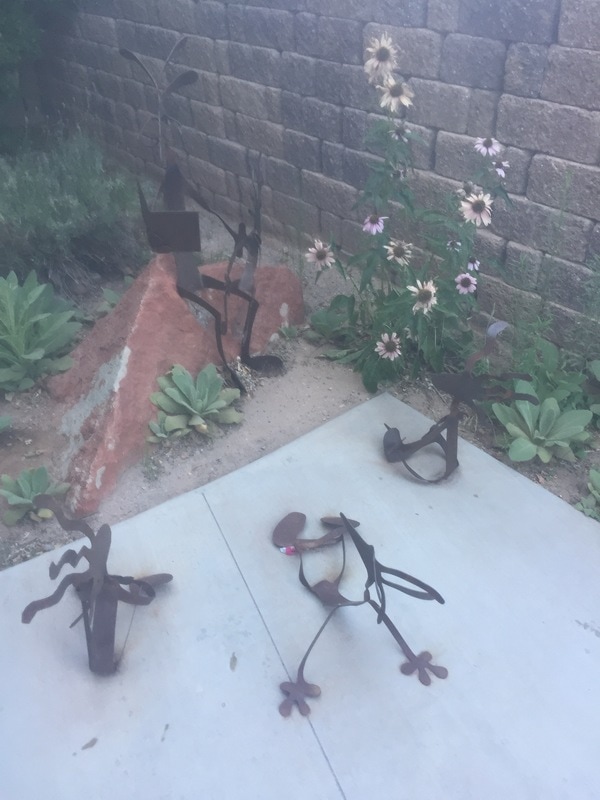
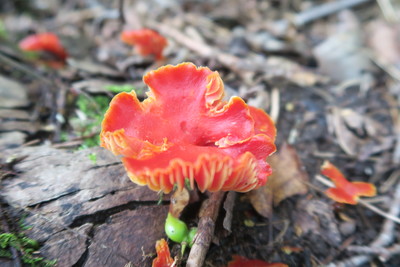
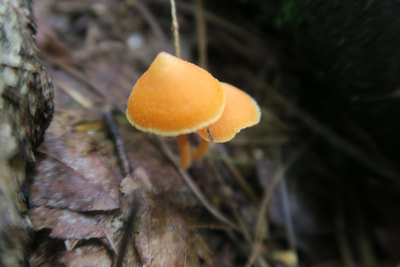

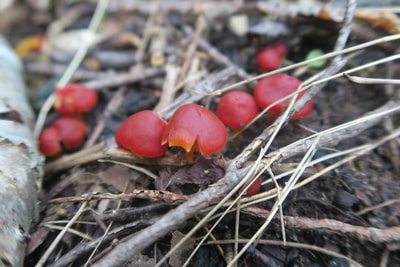
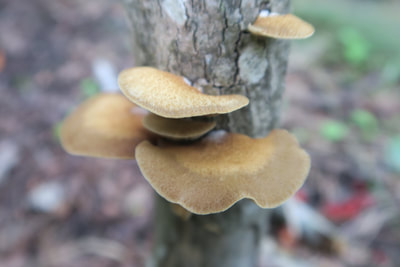
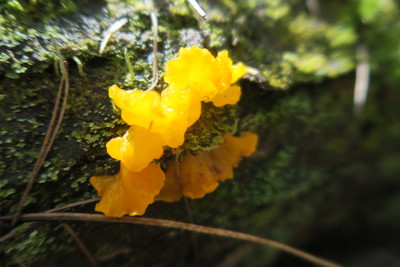
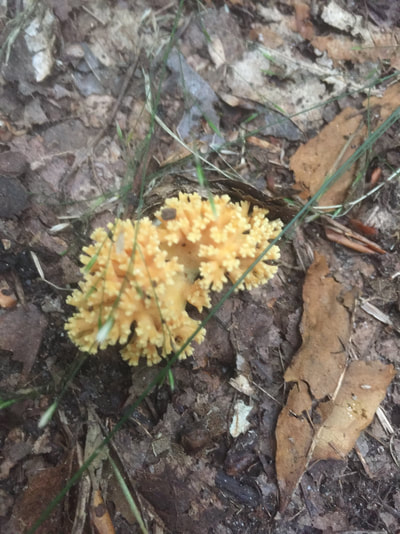
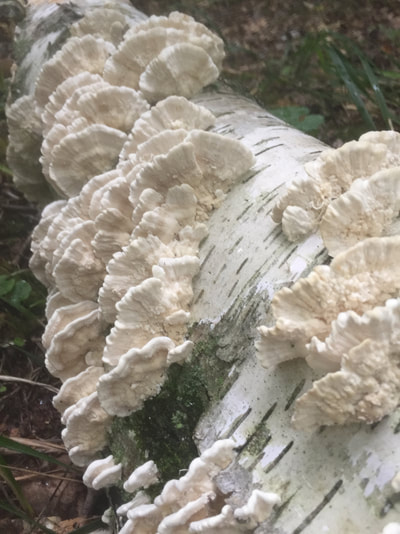
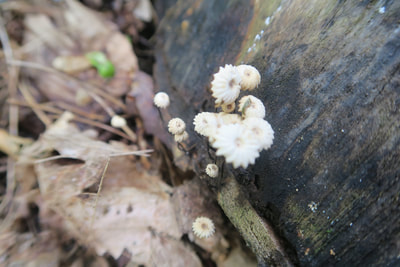
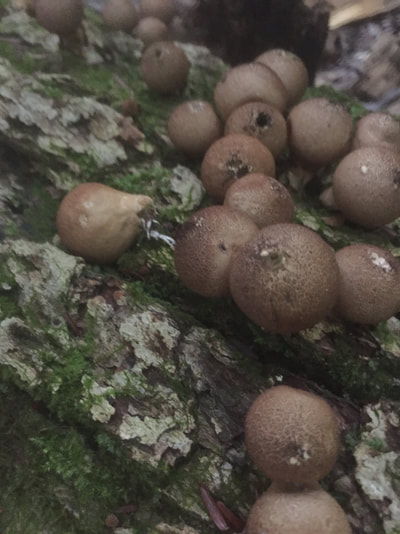
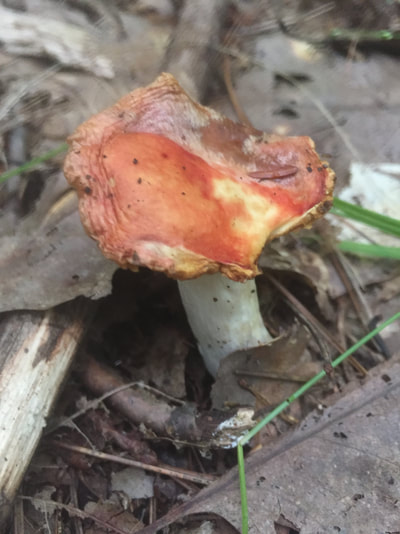
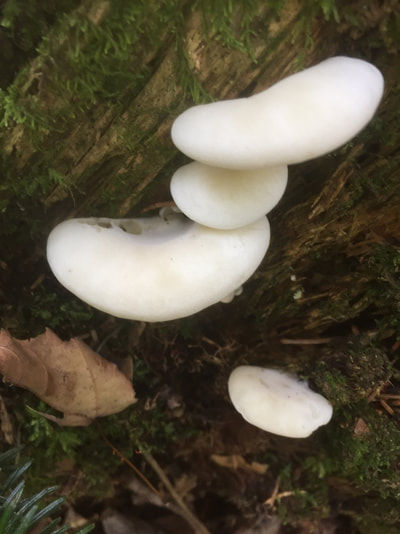
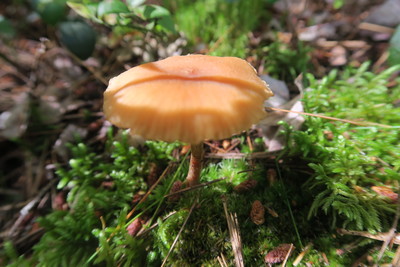
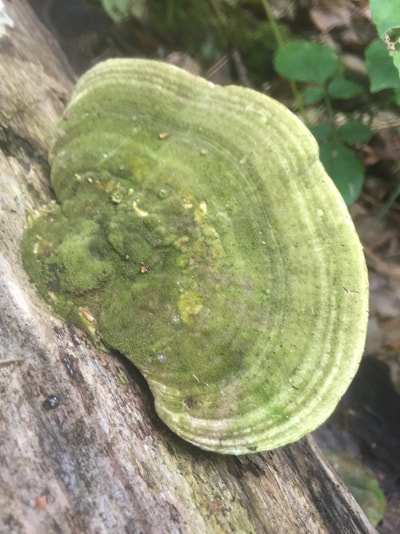
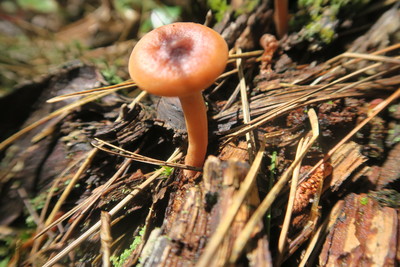
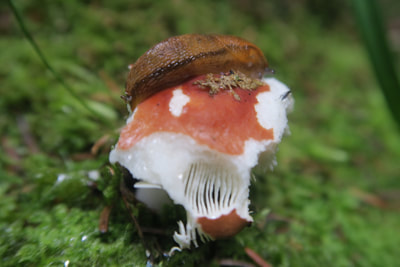
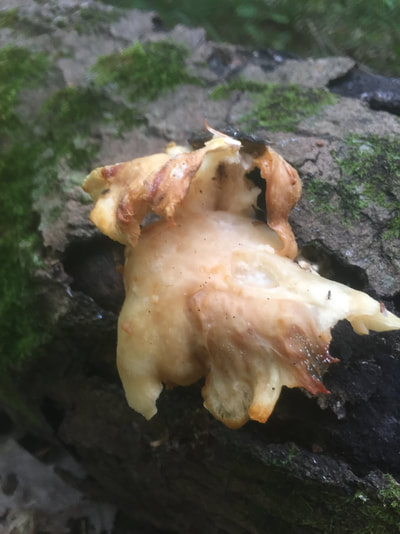
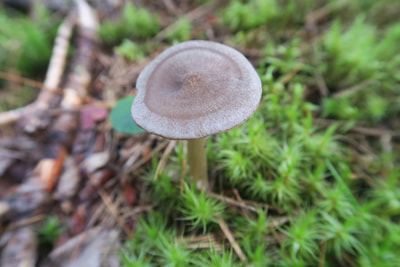
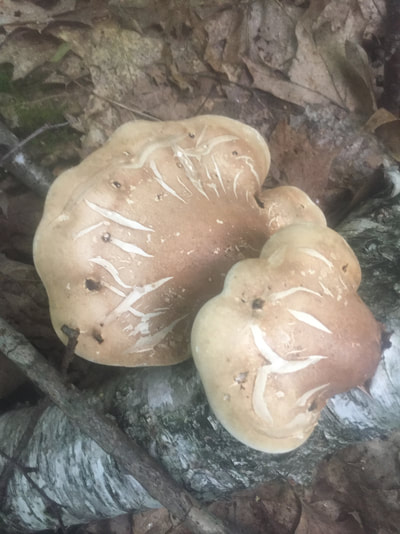
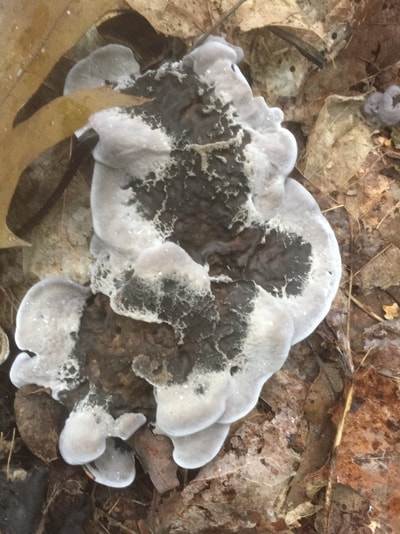
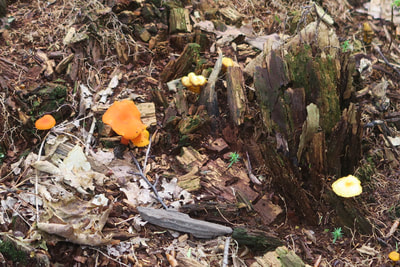
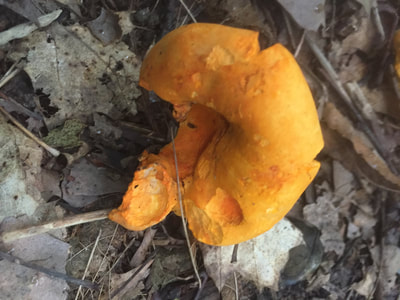
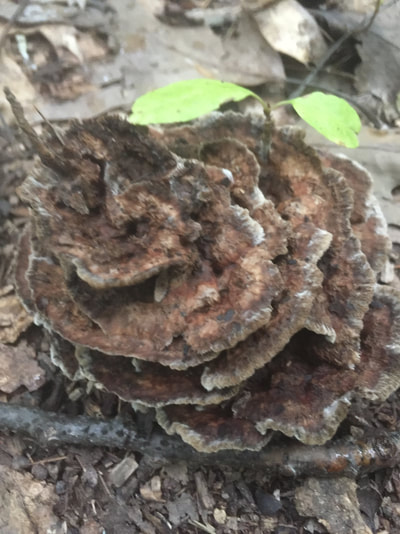
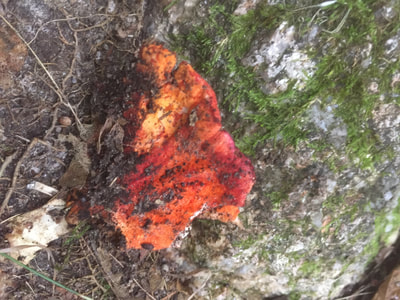
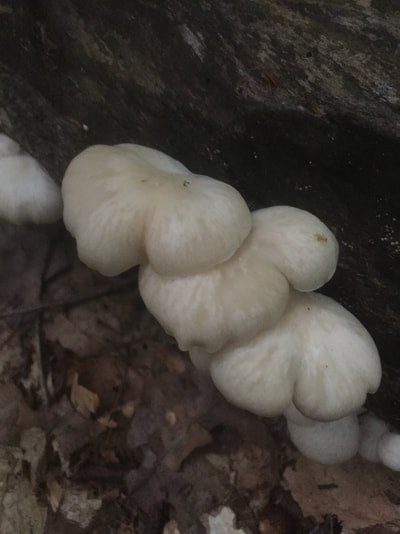
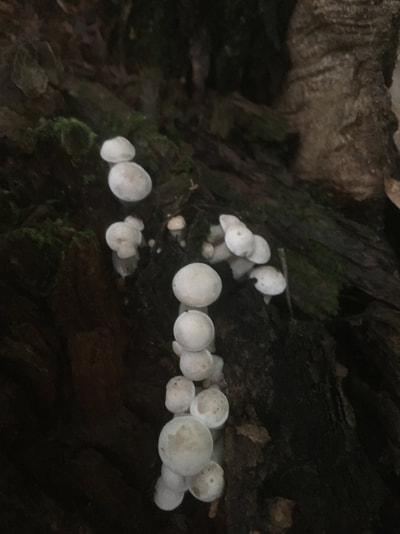
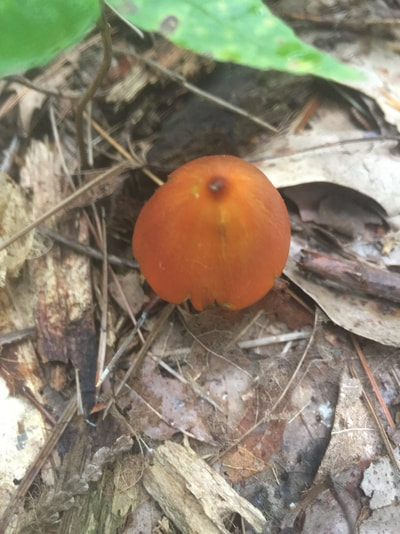
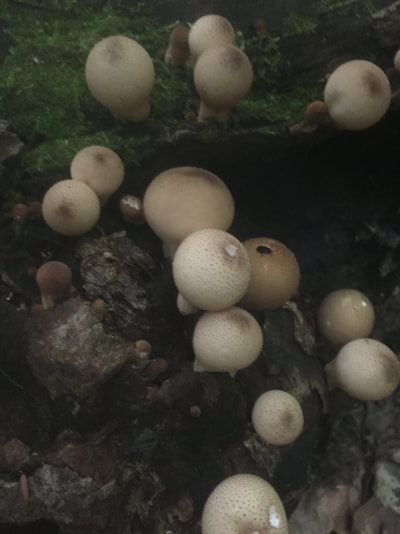
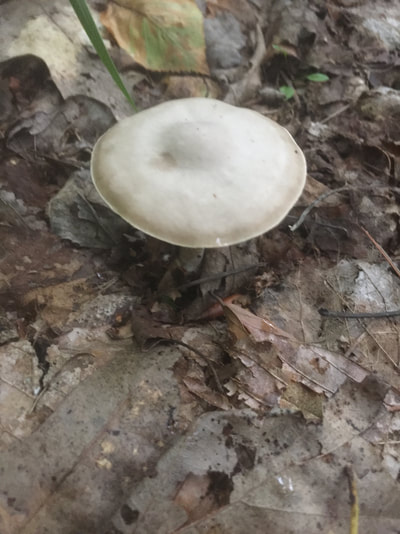
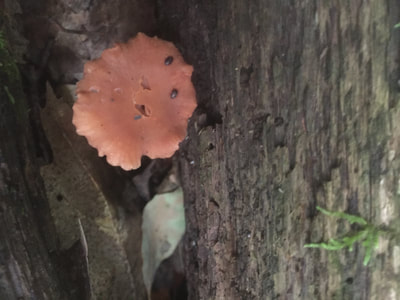
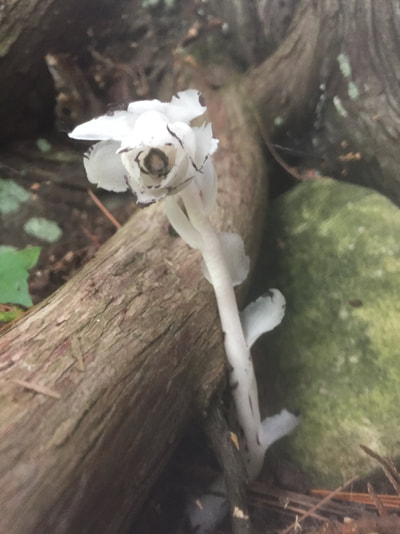
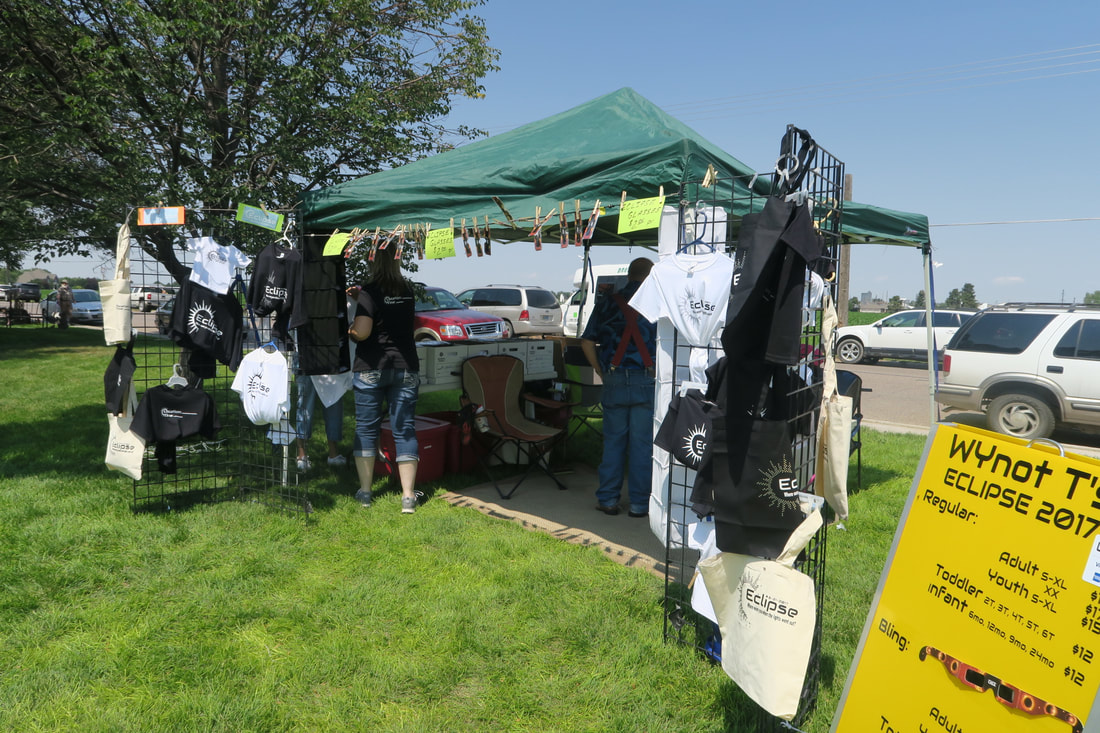
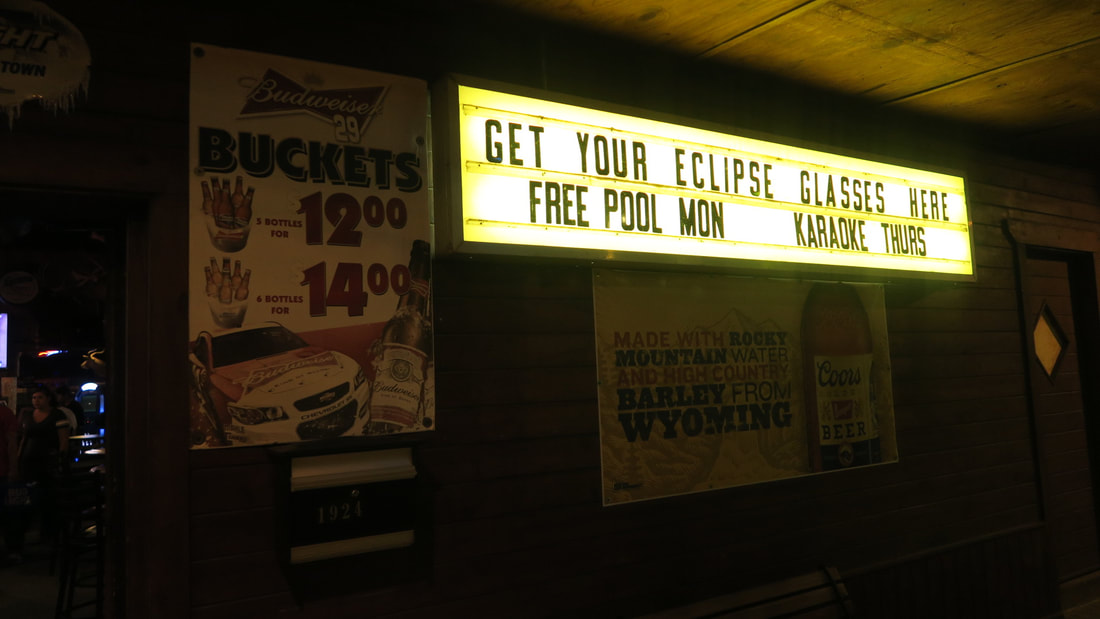
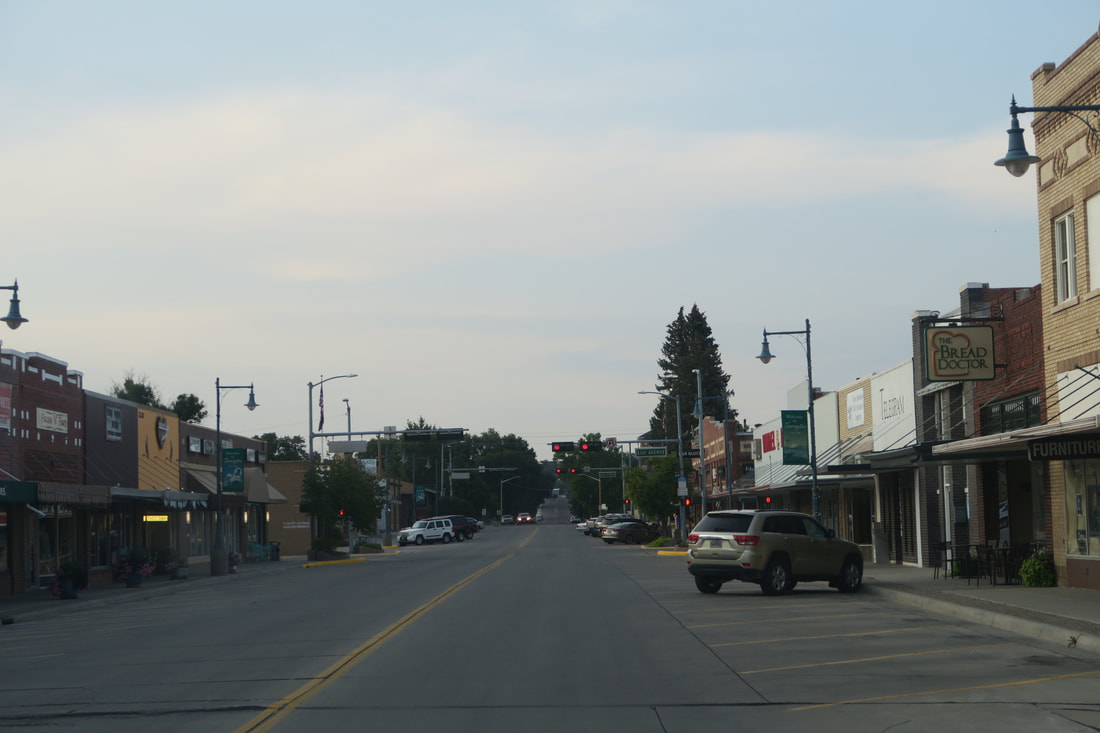
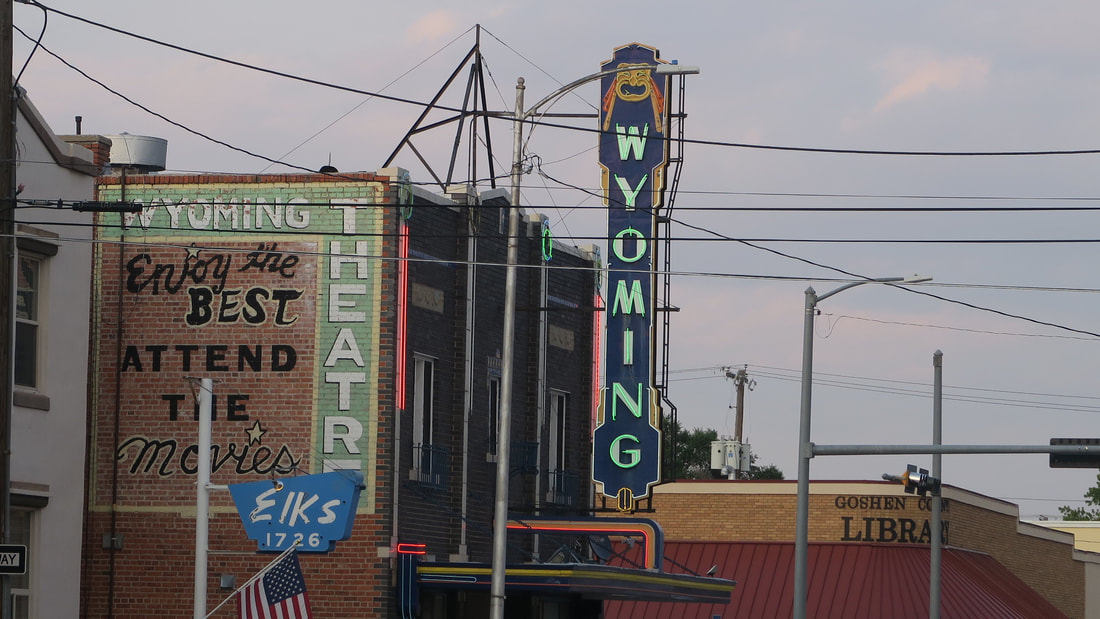
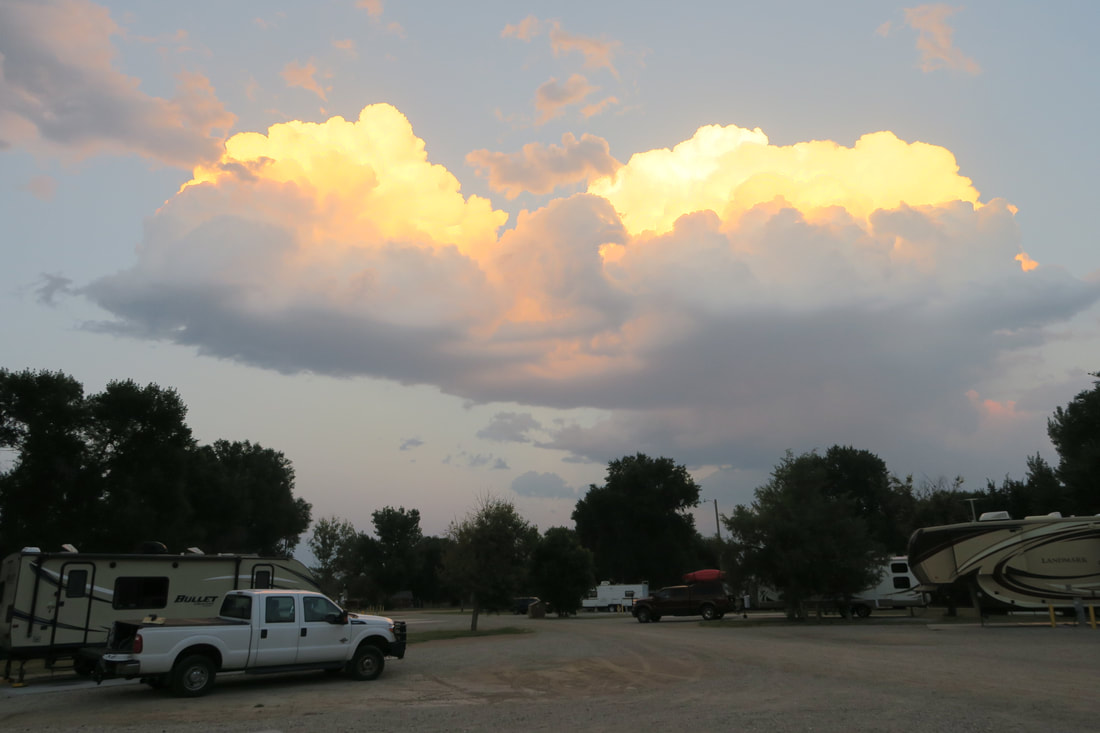

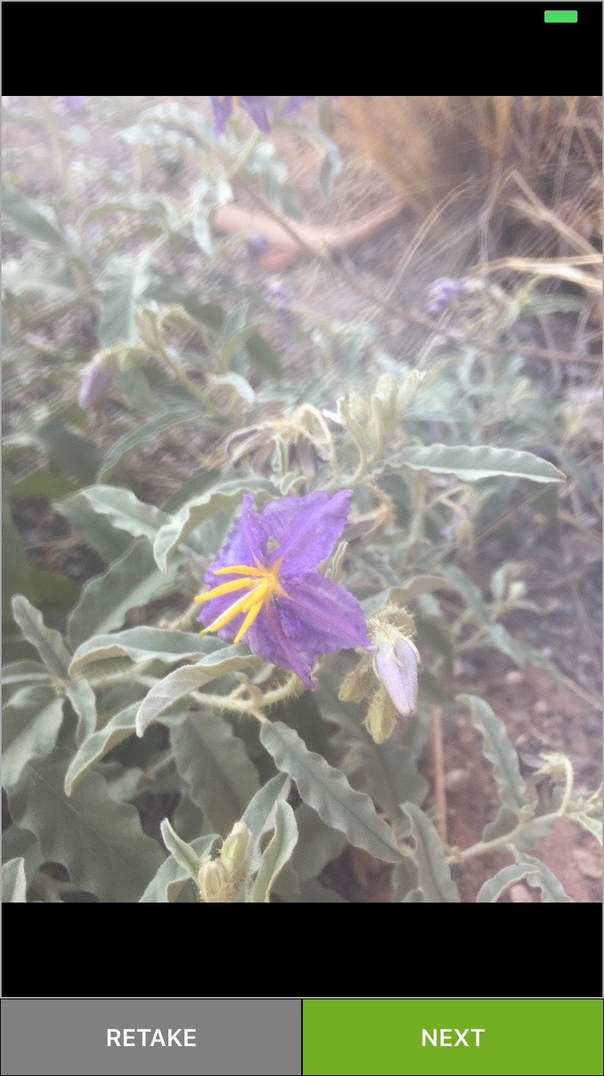
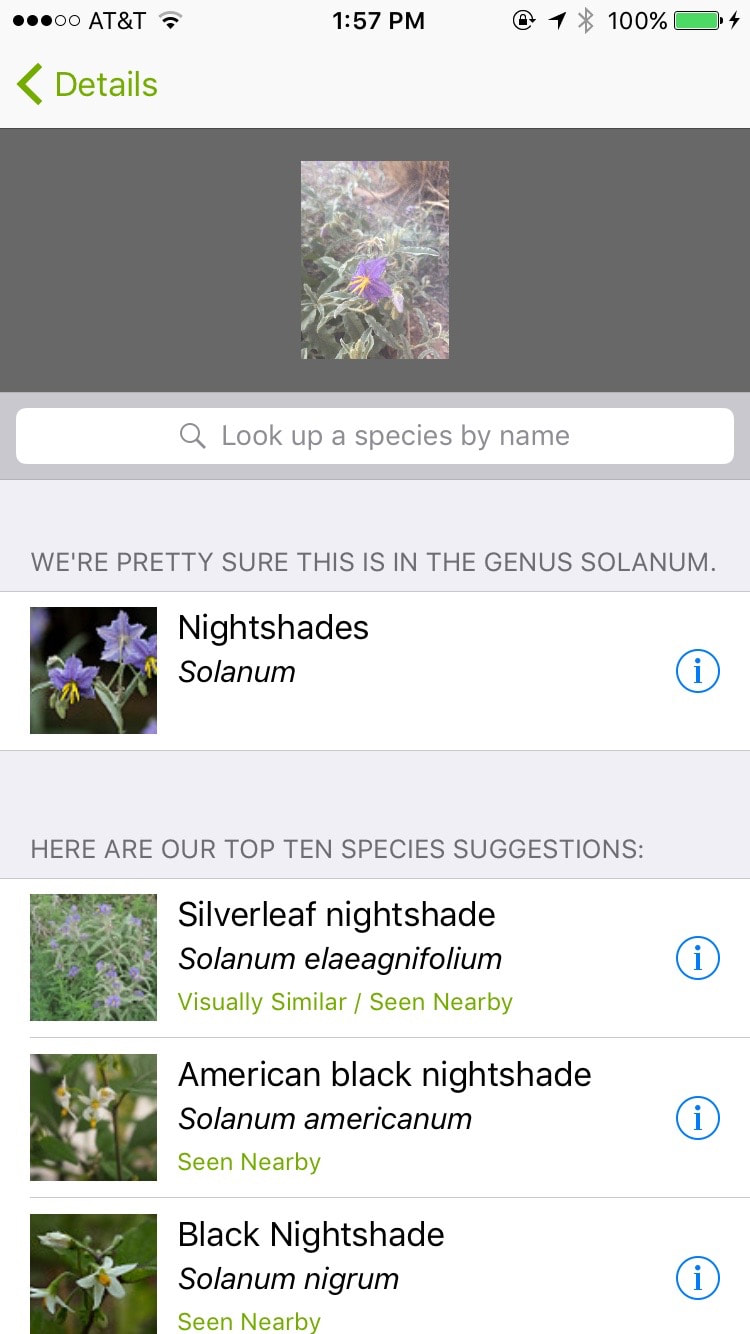
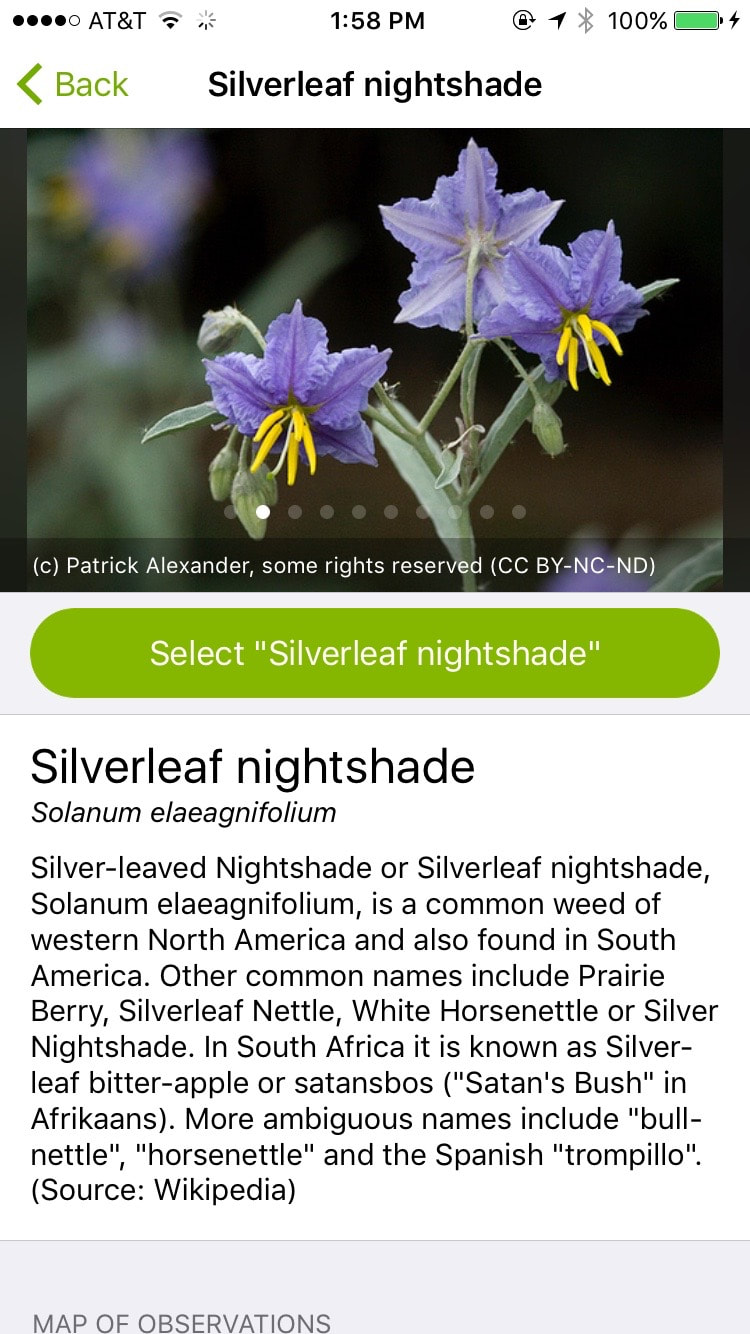
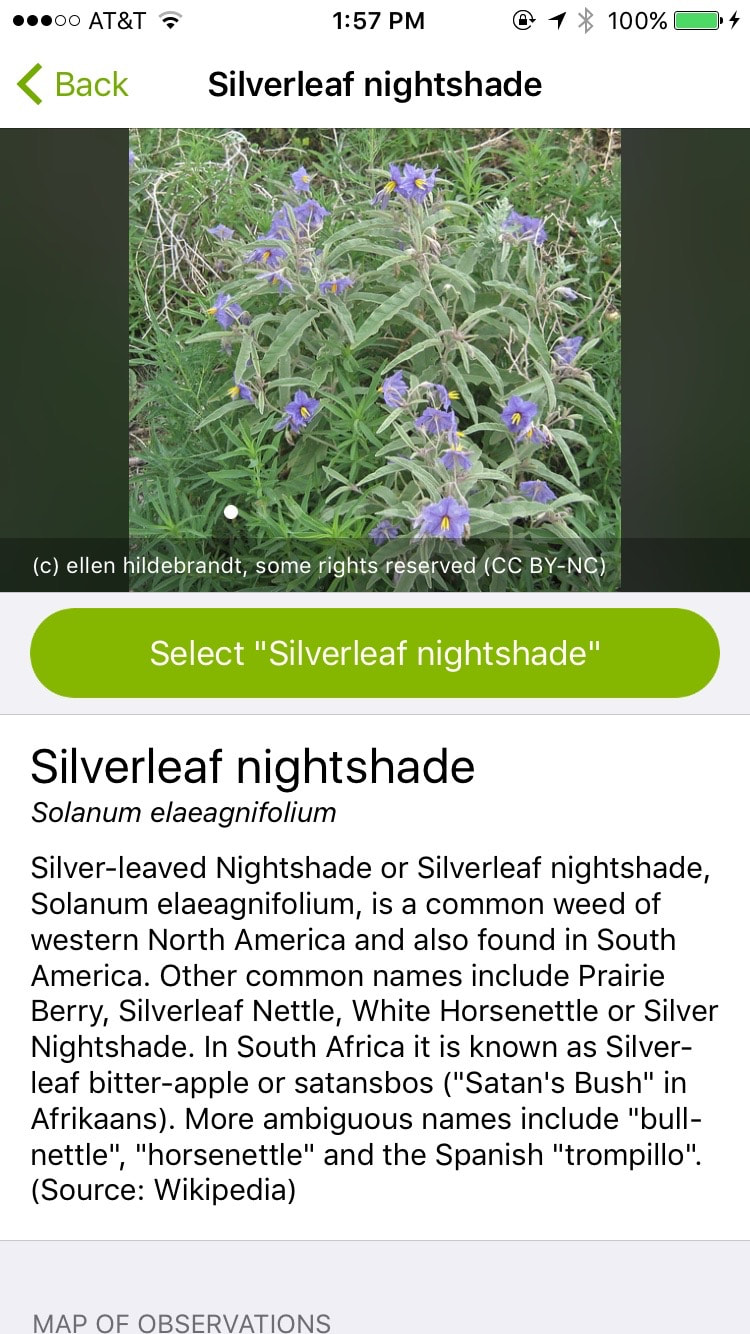
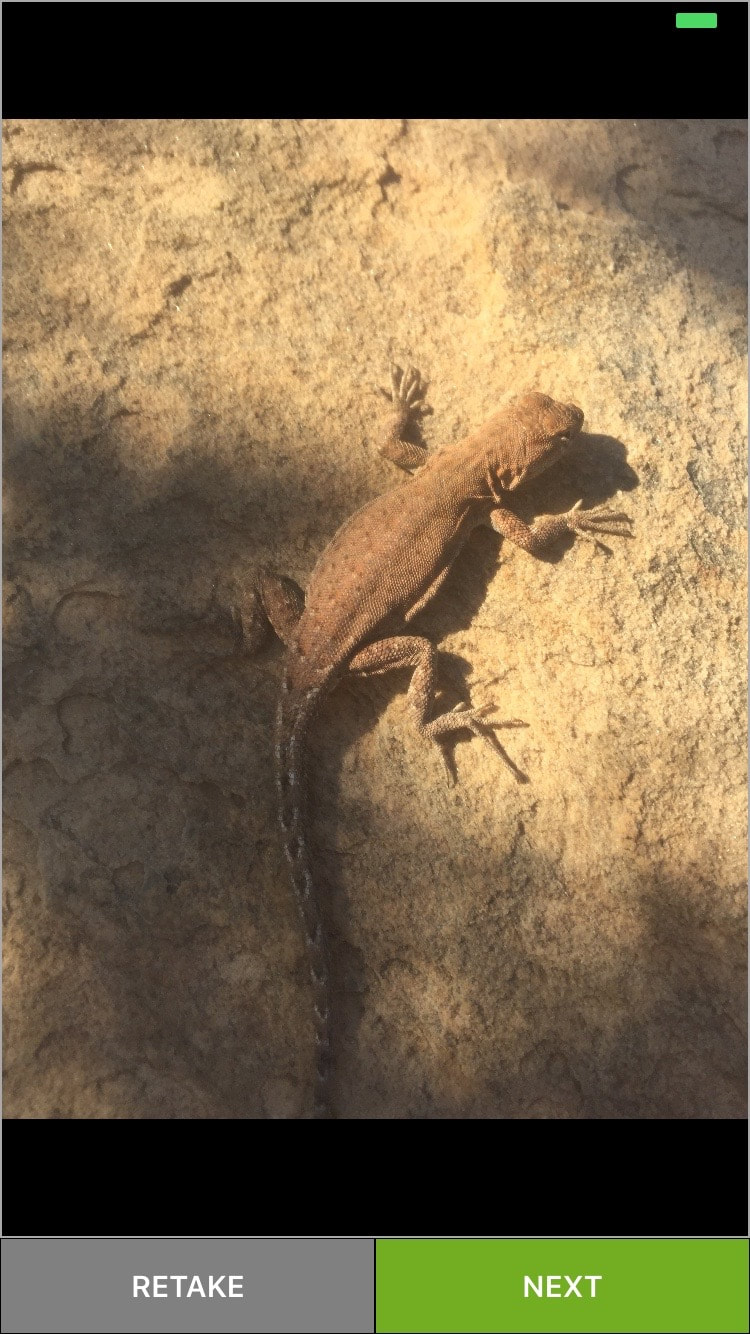
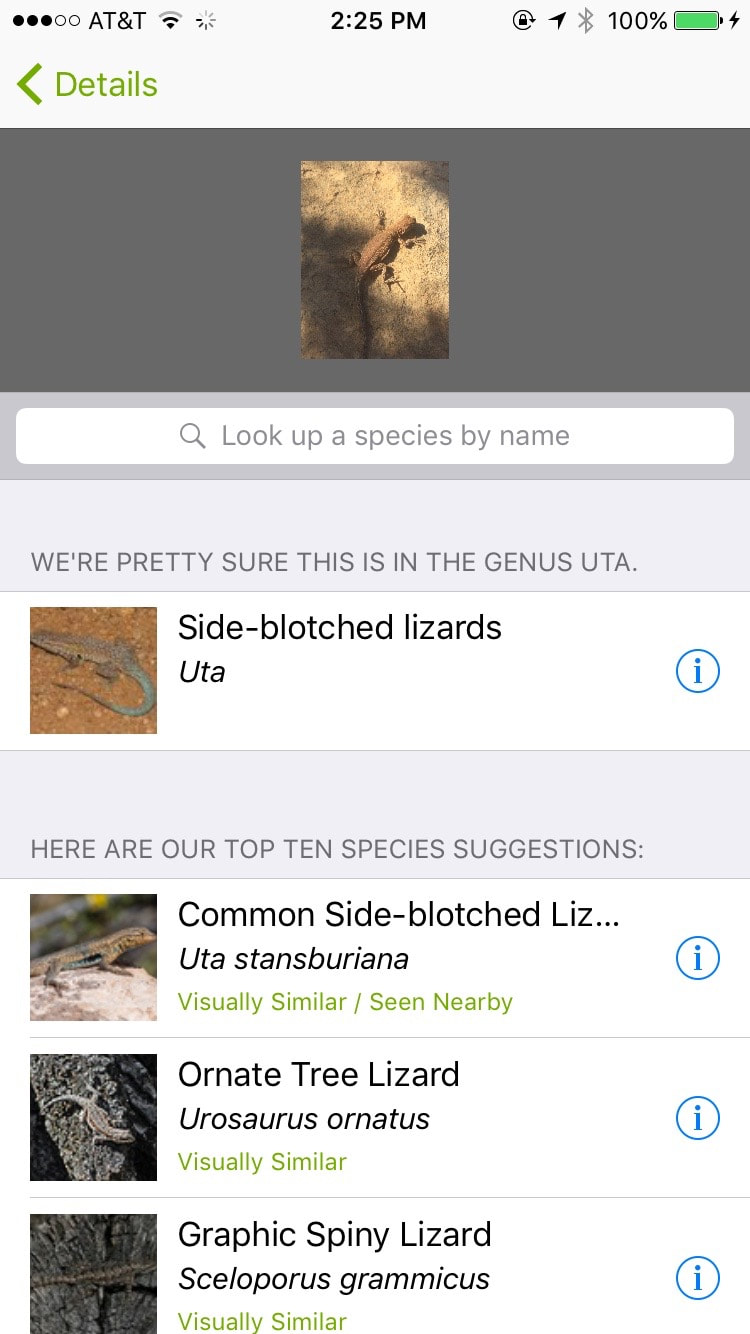

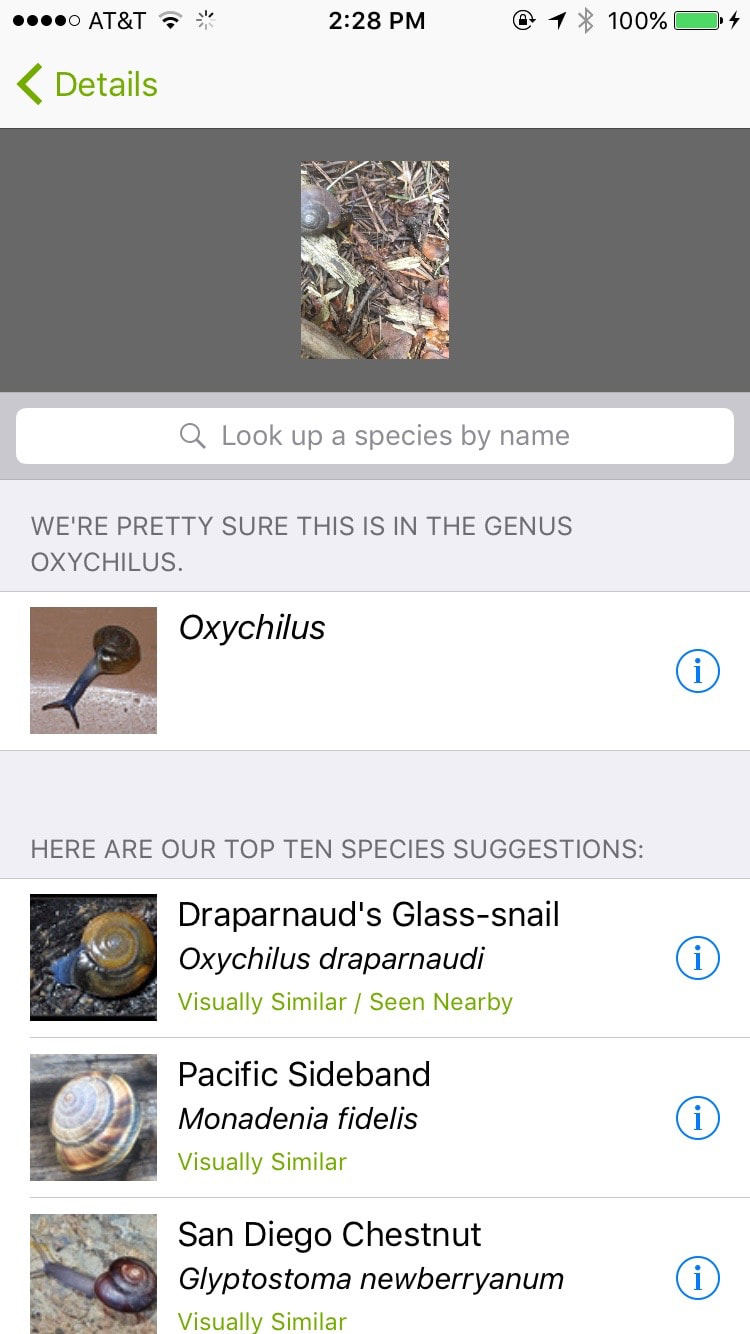
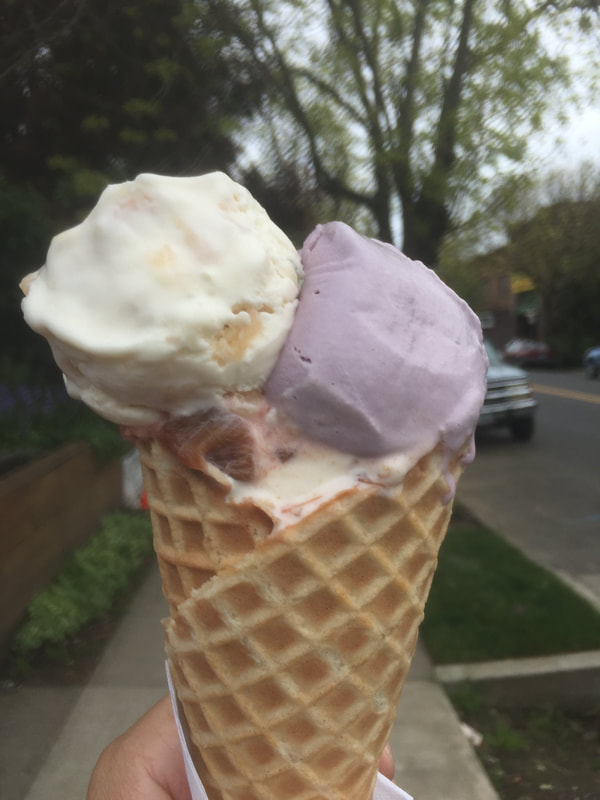
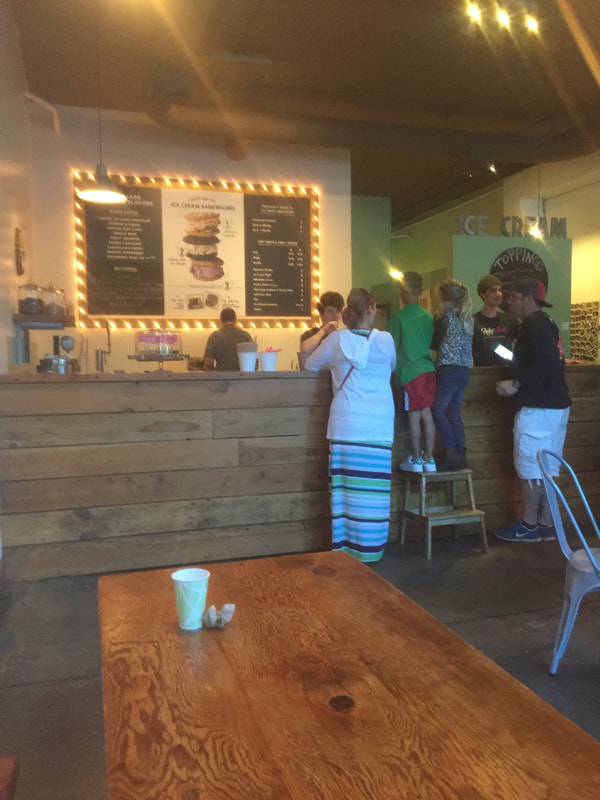
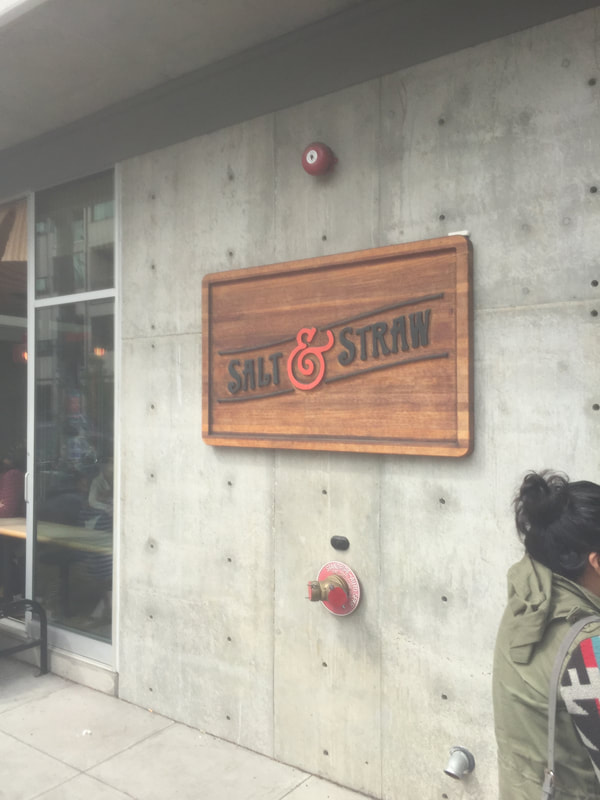
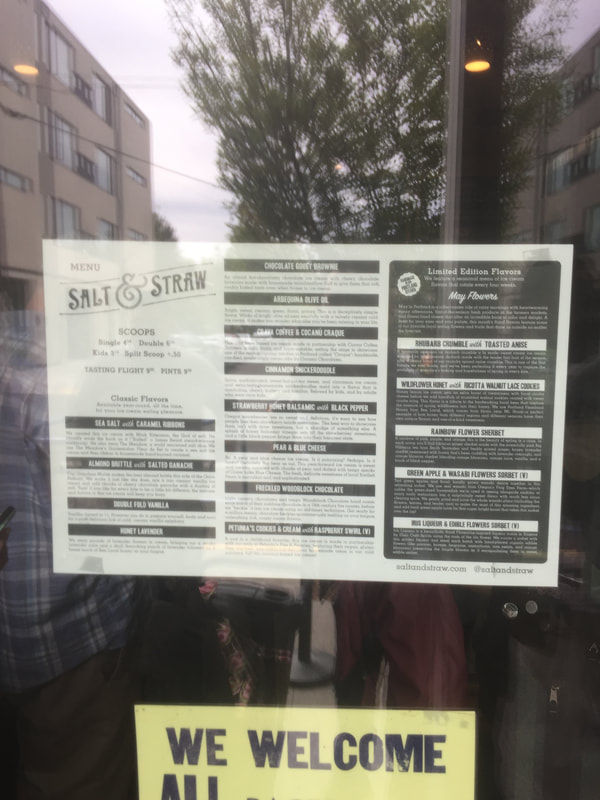
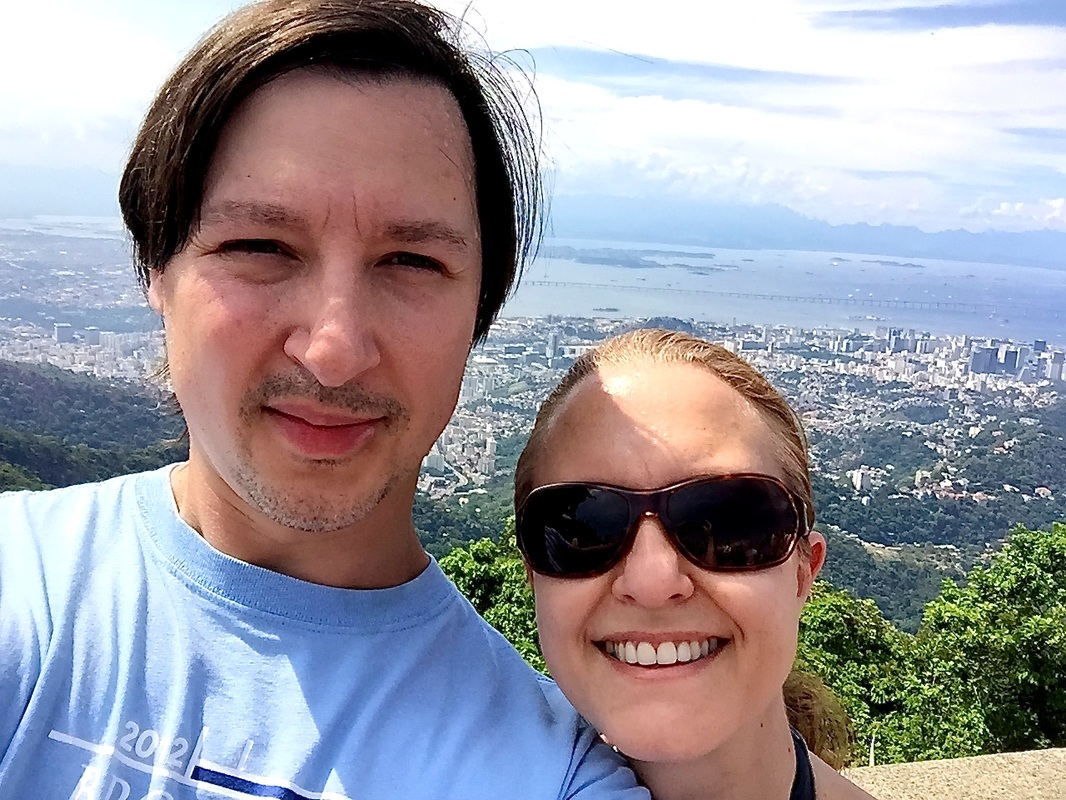

 RSS Feed
RSS Feed
